
One of the world’s leading publishers of printed classical and educational music.

William Walton Catalogue
- Text
- Walton
C18 Ro m e o an d Ju l i
C18 Ro m e o an d Ju l i e t Ballet in two tableaux by Constant Lambert. Curtains, with scenic additions, by Max Ernst and Joan Miró. Date of orchestration: [1925–6]. It is disputed whether Walton played any part in the orchestration of this ballet Copyist’s manuscript: Manuscript Collections, British Library (Reference Division), Loan MS 92. 1, 2. Full score, dated ‘Monte Carlo 1925–6’. Instrumentation: picc.1.1.2.1/2.2.1.0/timp/perc (2: tri, cyms, cast, glock, xyl, sd, bd, tamb)/strings (8.6.4.4.2–4) Duration: 30 minutes First performance: Monte Carlo, Opera House, 4 May 1926; orchestra conducted by Marc-César Scotto. Ballets Russes, with choreography by Bronislava Nijinska. Dancers included Serge Lifar and Tamara Karsavina. Other early performances: Paris, Théâtre Sarah- Bernhardt, 18 May 1926; orchestra conducted by Roger Desormière. Dancers included Lifar and Nikitina. • London, His Majesty’s Theatre, 21 June 1926; orchestra conducted by Eugene Goossens. Dancers included Woizikovsky and Karsavina. Publication: piano score: OUP, 1928 Bibliography: Andrew Motion, The Lamberts: George, Constant and Kit (London: Chatto & Windus, 1986), 144–5, 148–51 • Richard Shead, Constant Lambert (London: Simon, 1973), 49–64 (rev. edn: London: Thames, 1980) • The Times, 22 June 1926, p. 14 C19 Si e s t a for small orchestra Date of composition: 1926, revised 1962 Holograph: whereabouts unknown Instrumentation: picc.1.1.2.1/2.0.0.0/strings Dedication: To Stephen Tennant Duration: 5 minutes First performance: London, Aeolian Hall, 24 November 1926 (Guy Warrack series of Chamber Orchestra Concerts); Aeolian Chamber Orchestra, conducted by William Walton C19 Siesta 25 Other early performances: London, BBC Studios (Savoy Hill), 22 January 1928 (broadcast by the BBC in the London and Daventry Programme); London Chamber Orchestra, conducted by Anthony Bernard. (Billed in Radio Times as the second performance.) • London, Aeolian Hall, 19 November 1929; London Chamber Orchestra, conducted by Anthony Bernard Publication: full score: OUP, 1929 at 5s Bibliography: MT 67 (December 1926), 1122; Times, 25 Nov 1926, p. 12 Recordings: 78, CD London Philharmonic Orchestra / Walton (recorded No. 1 Studio, Abbey Road, London, 25 October 1938): HMV C3042 (1939); EMI ED29 0715 1 (1986); EMI CDH 763381 (1992) • London Philharmonic Orchestra / Adrian Boult. Decca LXT 5028 (1955); Decca 425 661 2 (1990) Note: Writing to his mother in early December 1926, Walton told her ‘[I have] conducted my piece “Siesta” at the Aeolian Hall about a fortnight ago. Unfortunately I receive nothing for it, but it is well worth doing for the experience.’ Almost a year later, Walton invited Siegfried Sassoon ‘to hear “Siesta” at the BBC, Savoy Hill, on [Sunday] at 3–0 o’clock.’ When thinking of revising the work (at the suggestion of OUP in December 1961), Walton agreed with Alan Frank (head of the Music Department) and described it as ‘a rather enchanting piece. I think it will be better “senza sord.” for the most part—better balance between the woodwind and strings, as I’ve indicated.’ Revised version Holograph: Beinecke Rare Book and Manuscript Library, Yale University: GEN MSS 601 (FRKF 1428). A printed copy of the full score was used by the composer in 1962 to make minor revisions (in pencil and ballpoint). The instrumentation remained the same, the dedication was erased in pencil (for reasons unknown) and ‘W. T. Walton’ changed to ‘William Walton’. Proof copies of the orchestral parts, with autograph annotations by Walton in red ink, and blue and red crayon, comprising the first and second proof copies of the complete strings, flute, oboe, clarinet, bassoon and horn parts also exist. Publication: study score: OUP, 1963 at 7s 6d • WWE vol. 18, pp. 1–38 Bibliography: David Lloyd-Jones, WWE vol. 18 Recordings: LP, CD London Philharmonic Orchestra / Walton (recorded Walthamstow Assembly Hall, 15 April 1970). Lyrita SRCS 47 (1971); Lyrita SRCD 224 (1992) For perusal purposes only
26 C20 The Triumph of Neptune • London Philharmonic Orchestra / Bryden Thomson. Chandos CHAN 9148 (1994); CHAN 9426 (1995) • Northern Sinfonia / Richard Hickox. EMI CDM 5 66542 2(1998); EMI Collector’s Edition 4 40861 2 (2012) • English Northern Philharmonia Orchestra / David Lloyd-Jones. Naxos 8.555868 (2002) Other versions C19a Siesta arrangement for piano (duet) by the composer Publication: piano score: OUP, 1928 at 5s • WWE vol. 20, pp. 79–87 Bibliography: Michael Aston, WWE, vol. 20 Recordings: LP Keith Swallow and John Wilson (pianos). Cameo 2036 (2005) C19b Siesta arrangement for two pianos by Richard Rodney Bennett First performance: London, Wigmore Hall, 1 December 1977; Susan Bradshaw and Richard Rodney Bennett. Bibliography: Times, 3 Dec 1977, p. 12 (J. Chissell) C19c Ballet: a Pas de Deux choreography by Frederick Ashton First performance: London, Sadler’s Wells Theatre (the Vic-Wells Ballet), 24 January 1936 (postponed from 21 January because of the death of King George V); Sadler’s Wells Orchestra, conducted by William Walton. Principal dancers: Pearl Argyle and Robert Helpmann. Choreographer: Frederick Ashton; designer: Matilda Etches. Bibliography: ST, 26 Jan 1936, p. 5 (E. Newman); Times, 25 Jan 1936, p. 8 C19d Ballet: Siesta choreography by Anthony Tudor First performance: London, BBC TV Studios, Alexandra Palace, 2 February 1937; BBC Television Orchestra, conducted by Hyam Greenbaum. Dancers: Maude Lloyd and Anthony Tudor. Decor and costumes: Peter Bax; produced by Dallas Bower. Bibliography: Judith Chazin-Bennahum, The Ballets of Anthony Tudor (Oxford: OUP, 1994), 265 C19e Ballet: a new Pas de Deux Commissioned for Walton’s 70th birthday year. Choreography by Frederick Ashton who called it ‘a birthday card for Willie Walton’. First performance: Snape Maltings, Aldeburgh, Suffolk (Aldeburgh Festival, in association with the Royal Opera House, Covent Garden), 28 July 1972; English Opera Group Orchestra, conducted by David Taylor. Principal dancers: Vyvyan Lorrayne and Barry McGrath. An evening of opera and ballet in honour of Walton’s 70th Birthday. First London performance: Sadler’s Wells Theatre, 9 October 1972, with the same performers. Bibliography: Julie Kavanagh, Secret Muses: The Life of Frederick Ashton (London: Faber, 1996), 531 • David Vaughan, Frederick Ashton and his Ballets (London: A. & C. Black, 1977), 132–3, 380–81 (rev. edn, London: Dance Books, 1999) • About the House 4/1 (1972), 44–5; Times, 31 July 1972, p. 8 (J. Percival) C20 Th e Tr i u m p h of Ne p t u n e English pantomime in ten scenes for large dance ensemble by Lord Berners, partly orchestrated by Walton. Scenario by Sacheverell Sitwell. Date of orchestration: November 1926 Holograph: Manuscript Collections, British Library (Reference Division), Music Loan.106.20–106.27 Instrumentation: 2(II + picc).2.ca.2.bcl.2.cbn/4.3.2.1/ timp/perc (2: cym, xyl, sd, bd, tamb)/pno/hp/strings First performance: London, Lyceum Theatre, 3 December 1926; the resident orchestra, conducted by Henry Defosse. Ballets Russes, with choreography by Georges Blanchine (who also danced ‘Snowball’) Other performances: Paris, Théâtre Sarah-Bernhardt, 27 May 1927. The ballet remained in the repertory until 1928 but was never revived. Publication: piano score: J & W Chester, 1927 Note: Walton told his mother in early December 1926 that ‘I have had to orchestrate four large numbers of Berners’s ballet and it has kept me hard at it’ (WW archive). In a letter to the present author, dated 25 February 1978, Walton claimed that Berners rescored the full ballet when he found the time to do so. It was originally a very rushed job for everyone concerned (Craggs archive). For perusal purposes only
- Page 2 and 3:
General Editor: DAVID LLOYD-JONES C
- Page 4 and 5:
CONTENTS Introduction - James Brook
- Page 6 and 7:
Anyone taking this volume down from
- Page 8 and 9:
ORGANIZATION OF THE CATALOGUE This
- Page 10 and 11:
WILLIAM WALTON EDITION General Edit
- Page 12 and 13: ACKNOWLEDGEMENTS I am deeply indebt
- Page 14 and 15: Bibliographical abbreviations Add.M
- Page 16 and 17: SELECTIVE CHRONOLOGY 1866 11 Oct Lo
- Page 18 and 19: SELECTIVE CHRONOLOGY xix 1943 Feb o
- Page 20 and 21: SELECTIVE CHRONOLOGY xxi Nov Sympho
- Page 22 and 23: facsimiles For perusal purposes onl
- Page 24 and 25: facsimiles xxv For perusal purposes
- Page 26 and 27: facsimiles xxvii For perusal purpos
- Page 28 and 29: facsimiles xxix For perusal purpose
- Page 30 and 31: facsimiles xxxi For perusal purpose
- Page 32 and 33: facsimiles xxxiii For perusal purpo
- Page 34 and 35: List OF MAIN TITLES xxxv Romeo and
- Page 36 and 37: the catalogue For perusal purposes
- Page 38 and 39: C1 A Li t a n y partsong in four pa
- Page 40 and 41: Nos. 1-3 Date of composition: July
- Page 42 and 43: C9 Th e Pa s s i o n a t e Sh e p h
- Page 44 and 45: 16. Valse (‘Daisy and Lily’) Th
- Page 46 and 47: Passengers Only: A Social Tragedy i
- Page 48 and 49: Eskdale (tpt), Willem de Mont (vc),
- Page 50 and 51: Façade 2: A Further Entertainment
- Page 52 and 53: First performance: 24 January 1922
- Page 54 and 55: C12g Ballet in One Act (Based on th
- Page 56 and 57: 1. Tango-Pasodoblé 2. Swiss Jodell
- Page 58 and 59: C13 To c c a t a C14 Fantasia Conce
- Page 60 and 61: C17 PORTSMOUTH POINT 23 Date of com
- Page 64 and 65: C21 Si n f o n i a Co n c e r t a n
- Page 66 and 67: C22 Concerto for Viola and Orchestr
- Page 68 and 69: First performance: London, Royal Fe
- Page 70 and 71: From 17 April to 23 August 1948, I
- Page 72 and 73: Other early performances: London, S
- Page 74 and 75: C28 Es c a p e Me Ne v e r music fo
- Page 76 and 77: Faber, 1996), 187-8 • David Vaugh
- Page 78 and 79: OCB 299-2 Cue 21-22 [David playing
- Page 80 and 81: C32 Dr e a m i n g Li p s music for
- Page 82 and 83: Duration: 7 minutes Instrumentation
- Page 84 and 85: First London performance: Queen’s
- Page 86 and 87: C37 Concerto for Violin and Orchest
- Page 88 and 89: C37 Concerto for Violin and Orchest
- Page 90 and 91: Publication: WWE vol. 3, pp. 1-99 (
- Page 92 and 93: (b) Incidental music for Uncle Harr
- Page 94 and 95: minute Galop (the right title under
- Page 96 and 97: of the shelter to meeting; Barbara
- Page 98 and 99: Division at this point, after he ha
- Page 100 and 101: y John Burrell. Broadcast on 7 Octo
- Page 102 and 103: Houldsworth Hall, 24 May 1943 (spec
- Page 104 and 105: Other versions C46a Christopher Col
- Page 106 and 107: A copy is also in the National Soun
- Page 108 and 109: of added brass, percussion and pian
- Page 110 and 111: First USA showings: Boston, Esquire
- Page 112 and 113:
C50 Henry V 75 C50g Passacaglia:
- Page 114 and 115:
1946, p .4; 26 April 1946, p. 16; T
- Page 116 and 117:
duel; Entry of the court (with fanf
- Page 118 and 119:
Dedication: To Diana and Griselda [
- Page 120 and 121:
y the BBC on television and radio);
- Page 122 and 123:
expressed a strong wish to dedicate
- Page 124 and 125:
Principals: Calkas, High Priest of
- Page 126 and 127:
(D. Drew); Opera 14 (June 1963), 41
- Page 128 and 129:
Bibliography: Opera Canada 49 (Sept
- Page 130 and 131:
C63b A Shakespeare Suite from Richa
- Page 132 and 133:
C65 C65 Concerto for Violoncello an
- Page 134 and 135:
C68 Symphony No. 2 97 Commissioned
- Page 136 and 137:
Bibliography: David Lloyd-Jones, WW
- Page 138 and 139:
Recordings: CD Bach Choir / David W
- Page 140 and 141:
C76 Variations on a Theme by Hindem
- Page 142 and 143:
Holograph: Beinecke: GEN MSS 601 (F
- Page 144 and 145:
Dedication: To André Kostelanetz.
- Page 146 and 147:
C82 Improvisations on an Impromptu
- Page 148 and 149:
C86 Five Bagatelles 111 This work w
- Page 150 and 151:
C89 Anniversary Fanfare 113 Recordi
- Page 152 and 153:
C93 Roaring Fanfare 115 with Ian Fo
- Page 154 and 155:
C99 A Birthday Fanfare 117 Publicat
- Page 156 and 157:
GENERAl bibliography Anson, H. ‘T
- Page 158 and 159:
Foss, H. J. ‘William Walton’, H
- Page 160 and 161:
Kennedy, M. ‘Walton’s Isle Full
- Page 162 and 163:
Riley, M., ed., British Music and M
- Page 164 and 165:
personalia ABERCONWAY, Lady Christa
- Page 166 and 167:
and 1930s. Commissioned Walton for
- Page 168 and 169:
which he founded in 1946. Married t
- Page 170 and 171:
Irish Academy of Music. Both the Sa
- Page 172 and 173:
Orb and Sceptre Arr. for military b
- Page 174 and 175:
First Shoot, The Arr. for orchestra
- Page 176 and 177:
INDEX OF AUTHORS OF TEXTS Arnold, M
- Page 178 and 179:
Lord, now lettest thou thy servant
- Page 180 and 181:
Mayer, (Lady) Dorothy Moulton Canti
- Page 182 and 183:
Bantock, (Sir) Granville 34 Barber,
- Page 184 and 185:
Cathedral Church of Christ Church,
- Page 186 and 187:
Elms, Simon 117 Emery, Terence 13 E
- Page 188 and 189:
Hastings, Municipal Orchestra 44 Ha
- Page 190 and 191:
Laurence Olivier Memorial Service (
- Page 192 and 193:
Nabokov, Vladimir 107 Naismith, Nor
- Page 194 and 195:
Rosen, Carole 48, 66 Rosenstock, Jo
- Page 196 and 197:
Tate, Ohyiils 129 Tausky, Vilem 11,
- Page 198 and 199:
Wymark, Patrick 107 Wyndham Lewis,
- Page 200 and 201:
allet choreographed by Lindsay Kemp
- Page 202:
Sonata for String Orchestra (Quarte
Inappropriate
Loading...
Mail this publication
Loading...
Embed
Loading...


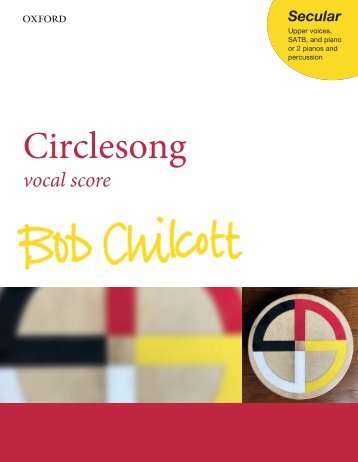
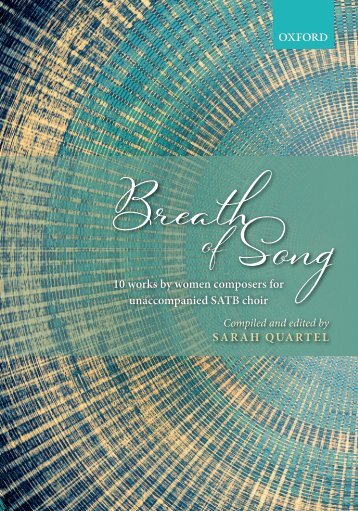
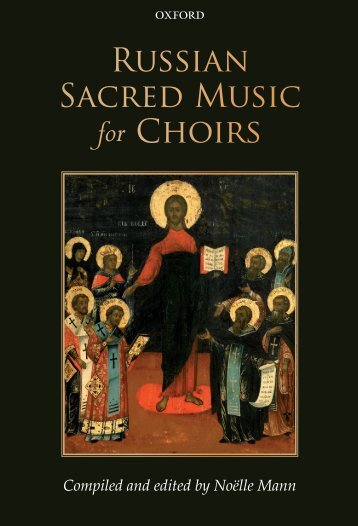

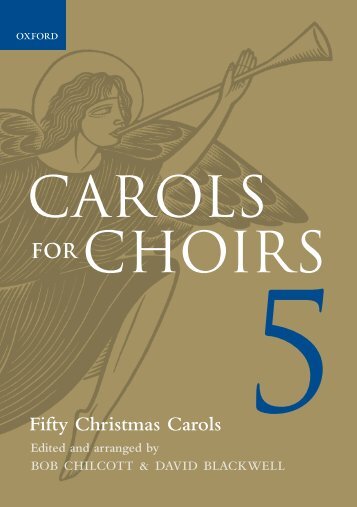

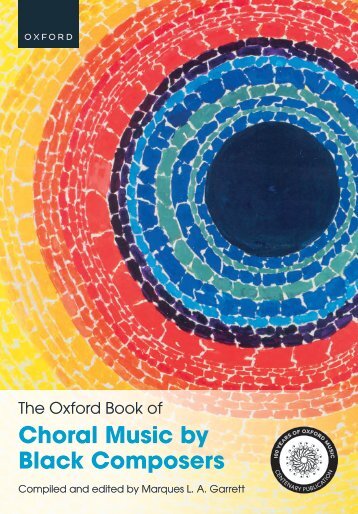
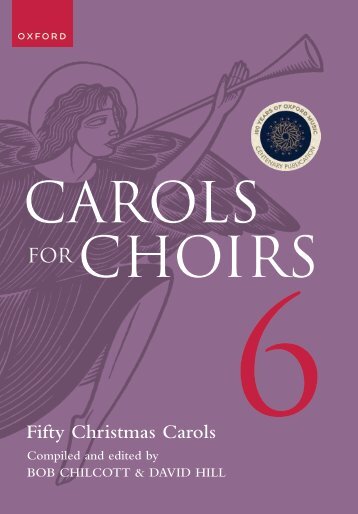

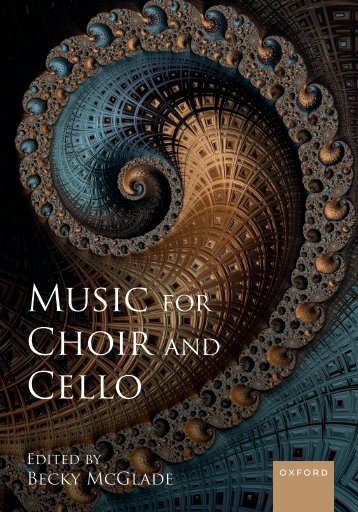

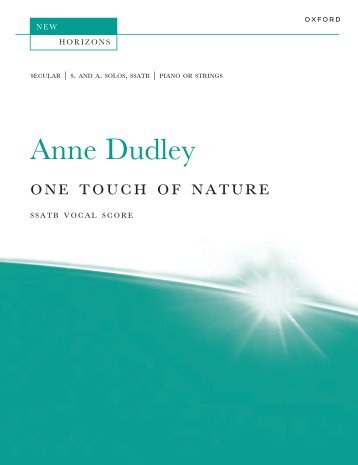

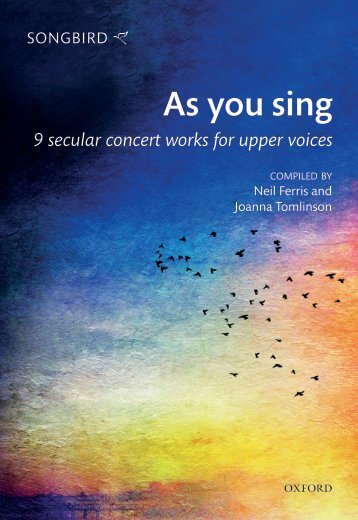
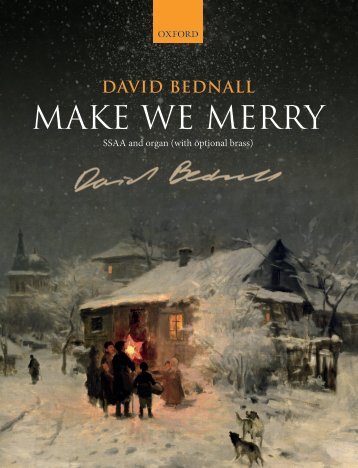
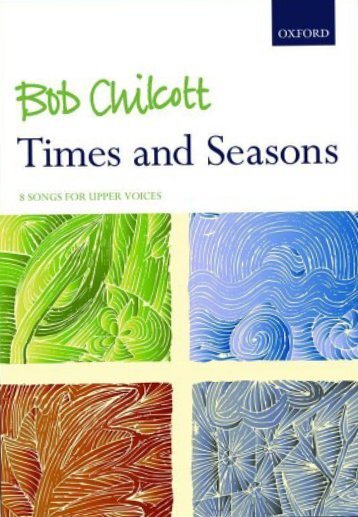


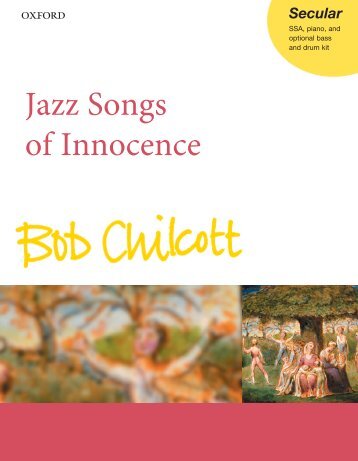
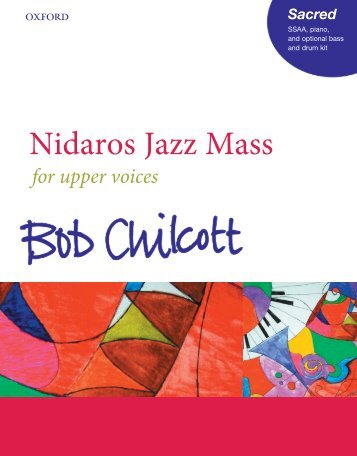
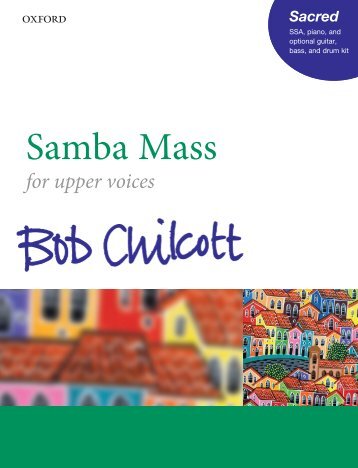


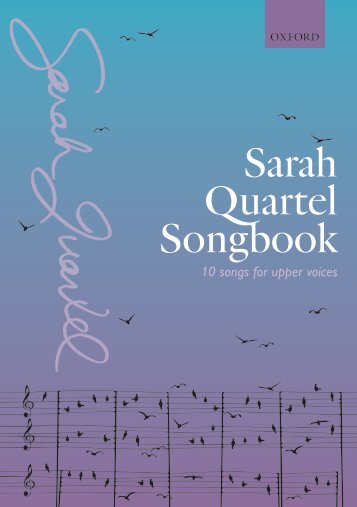
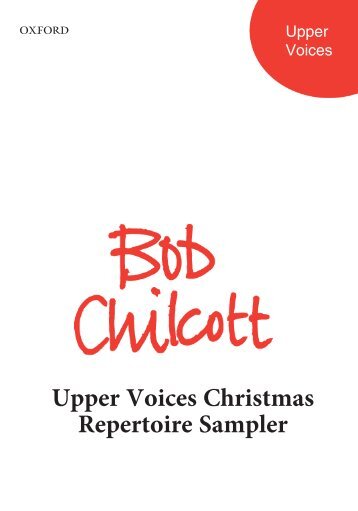

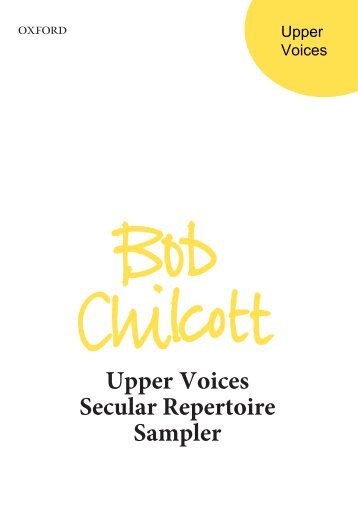

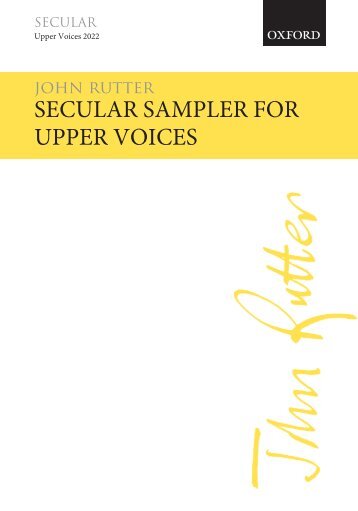
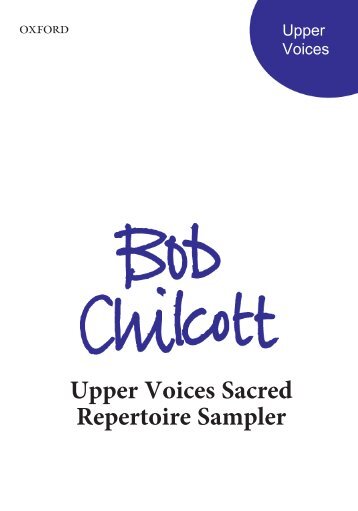


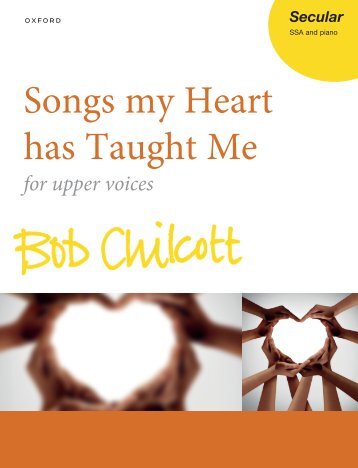
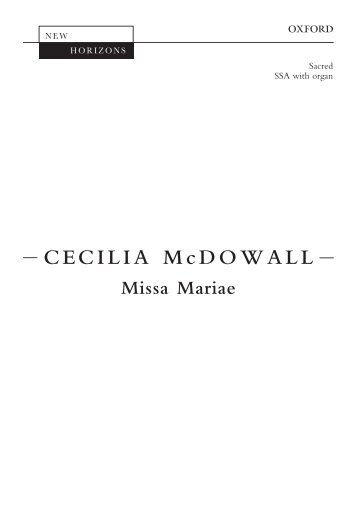
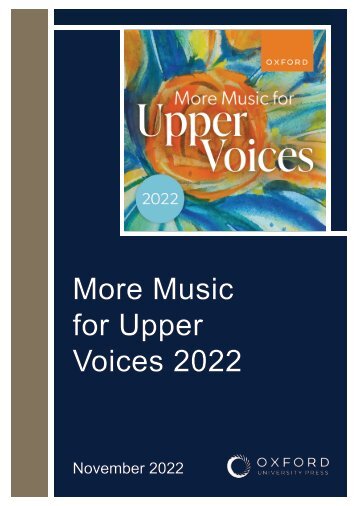
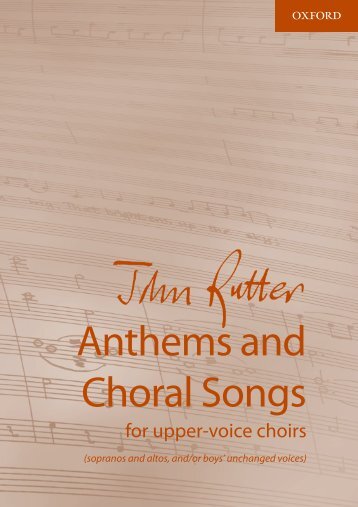

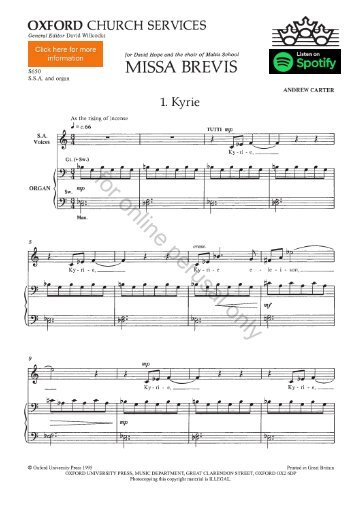
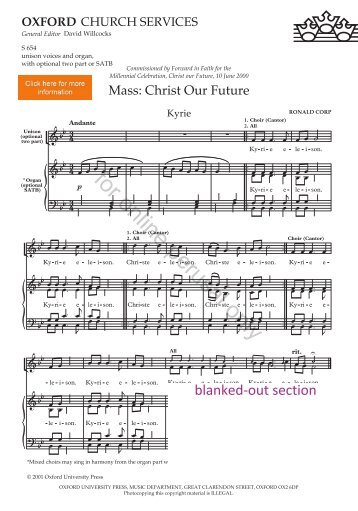
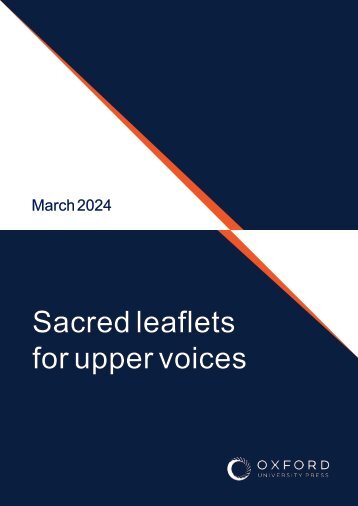
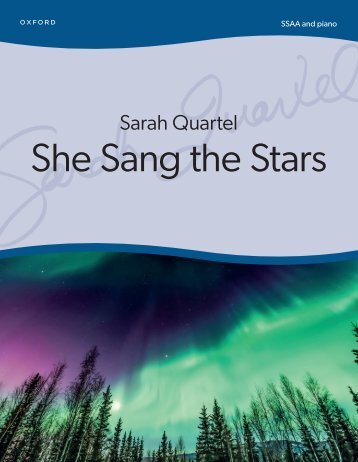

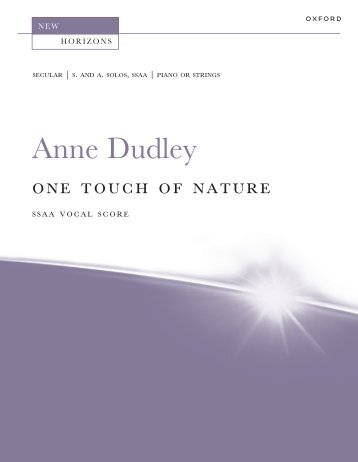
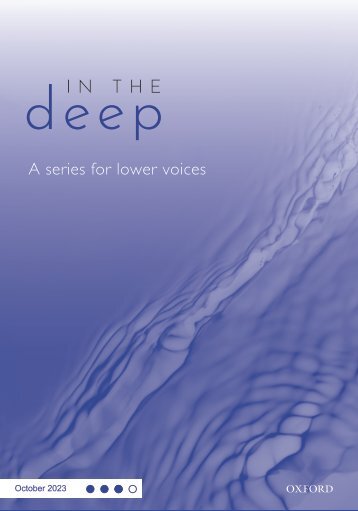
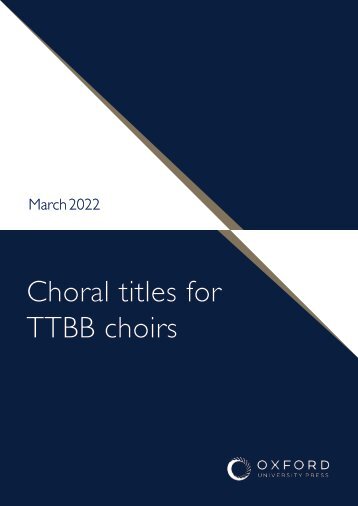
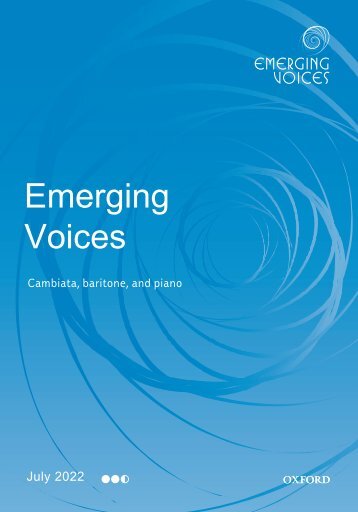
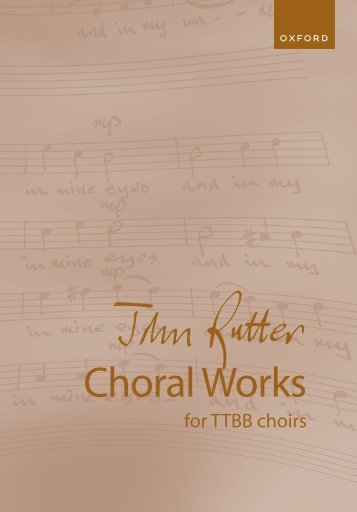
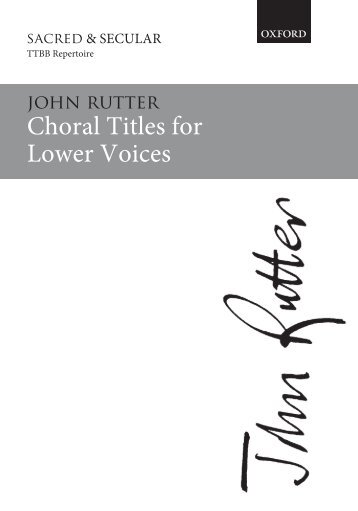
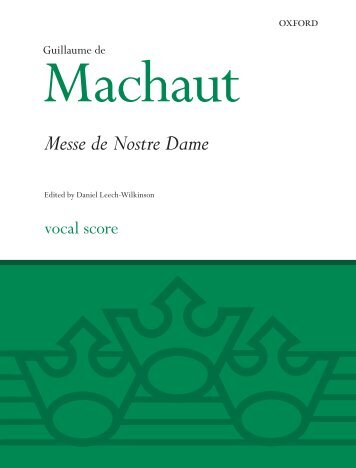
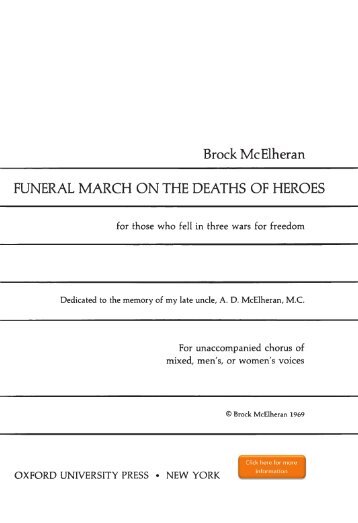

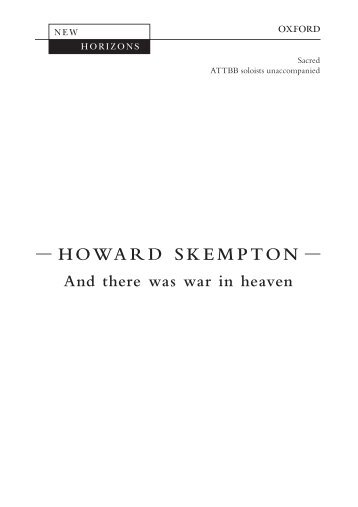
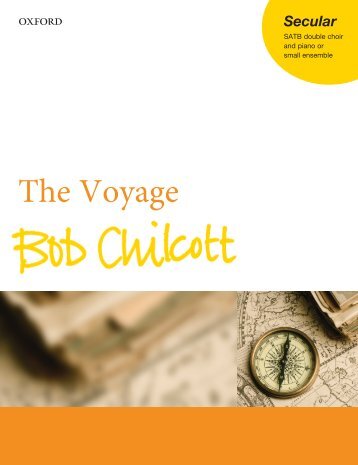
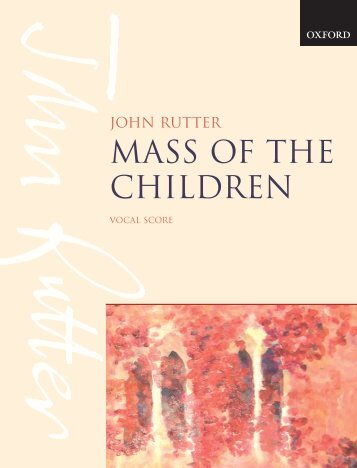
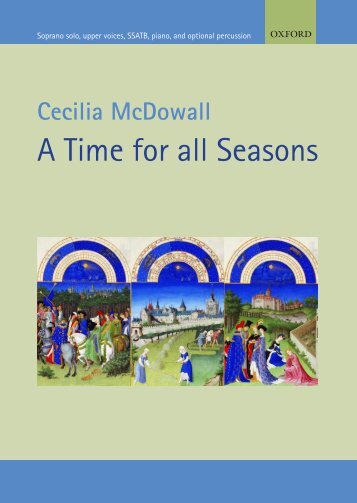
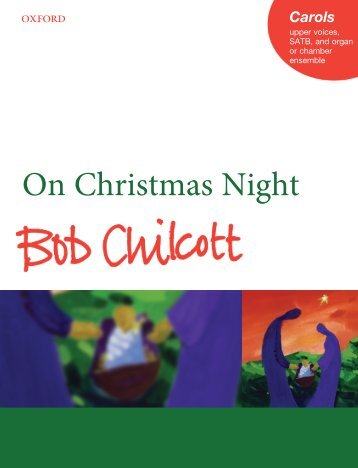
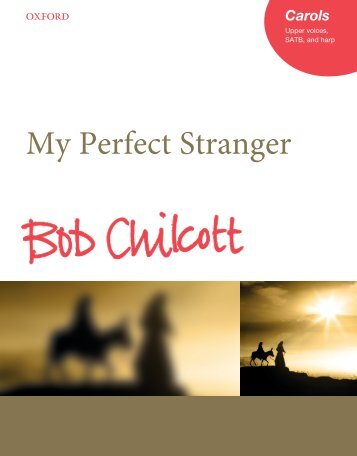
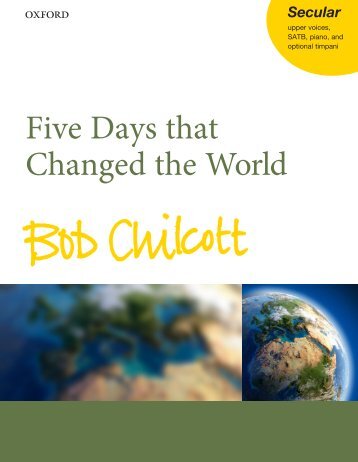
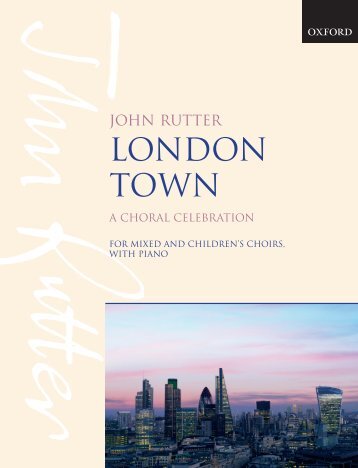

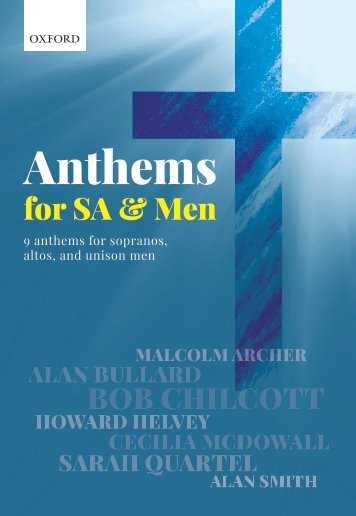
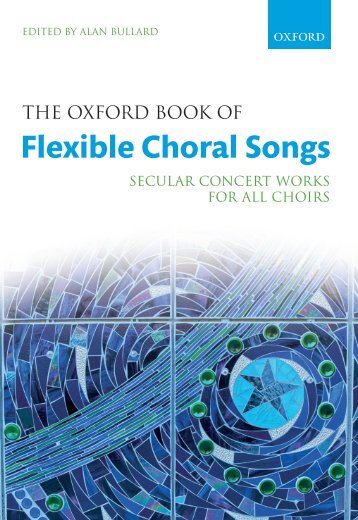
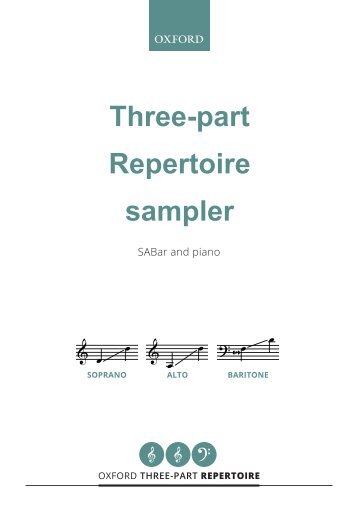

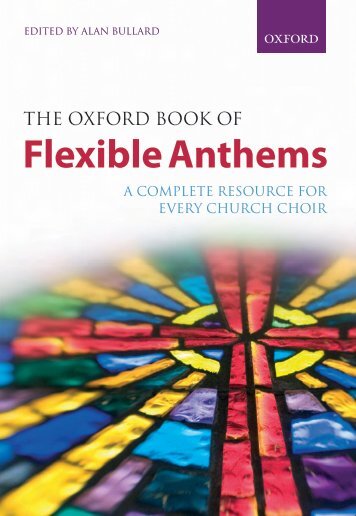


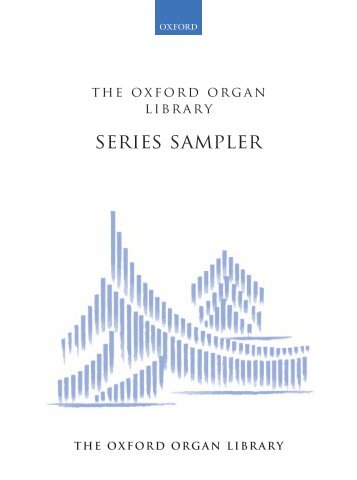
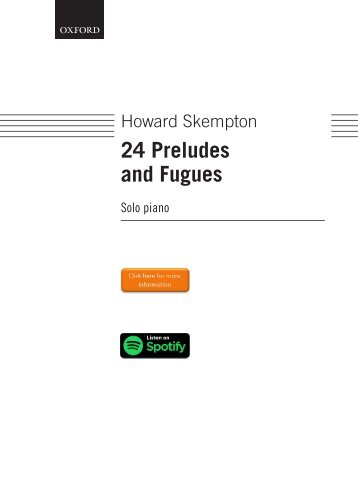
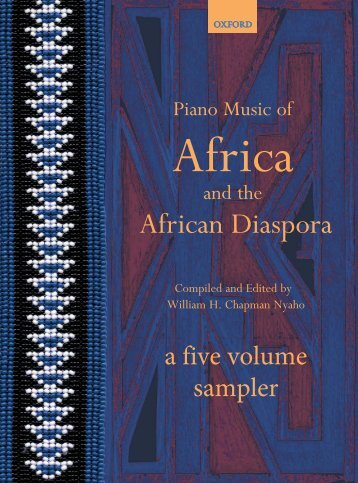
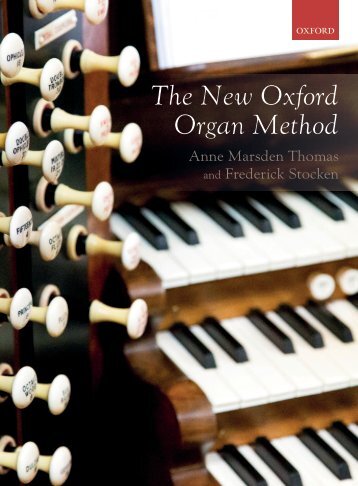
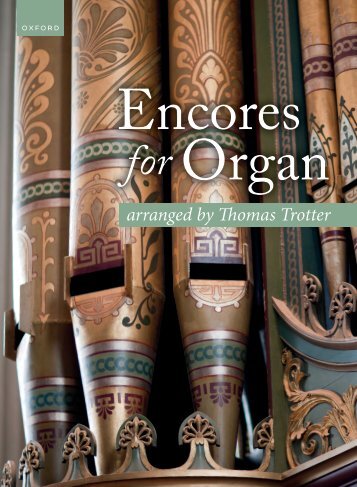


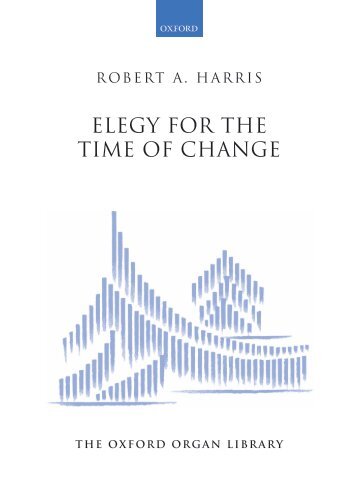


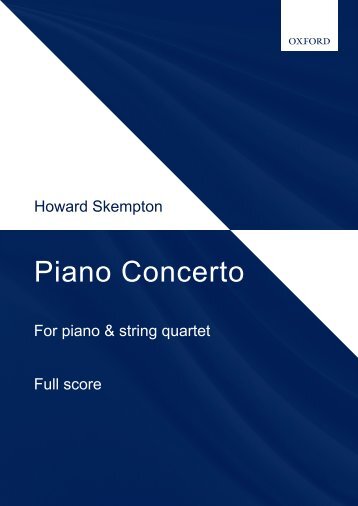
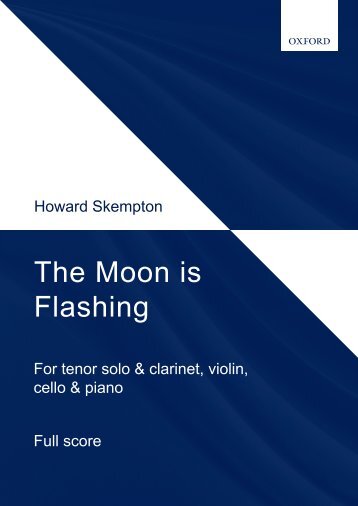
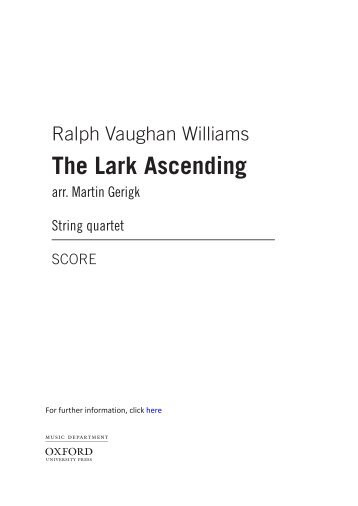
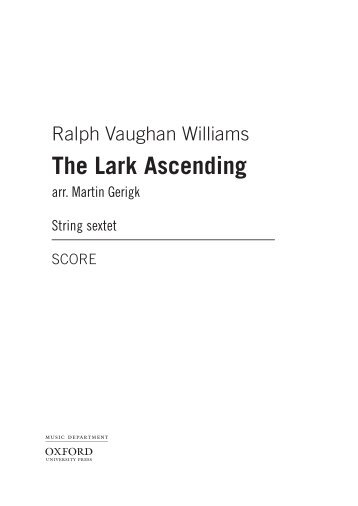
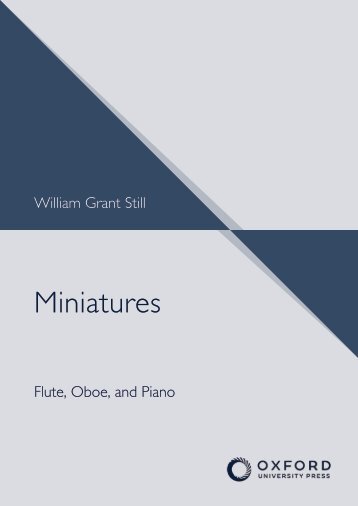
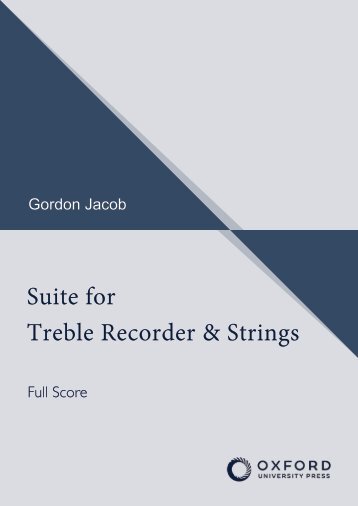
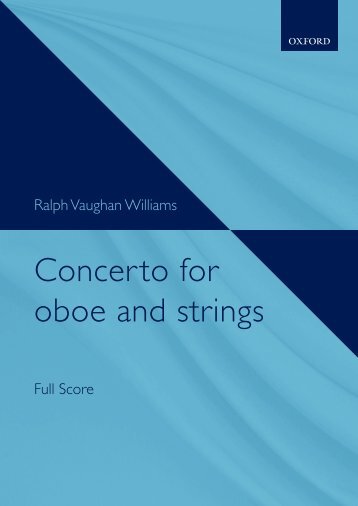
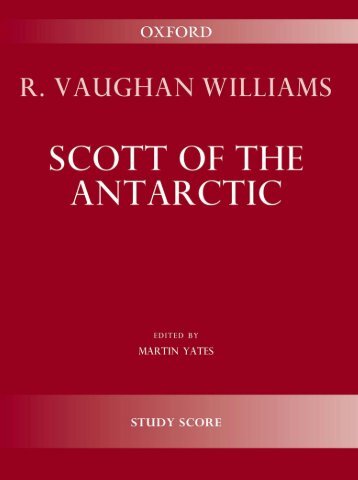
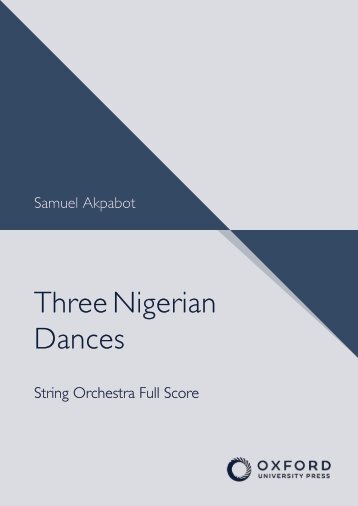


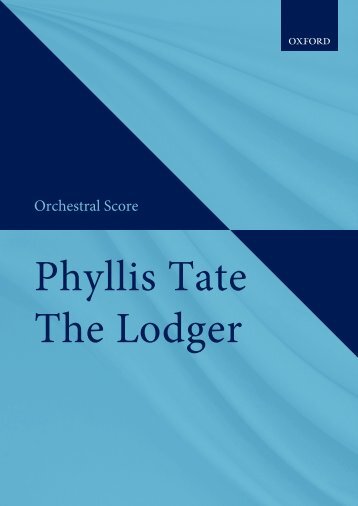

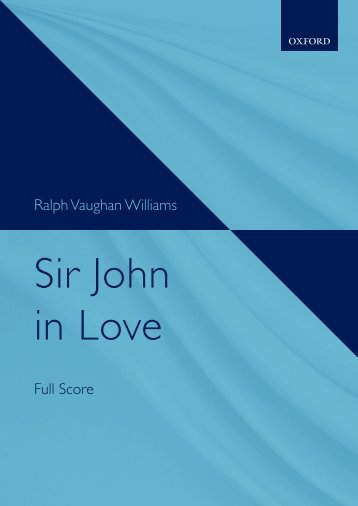


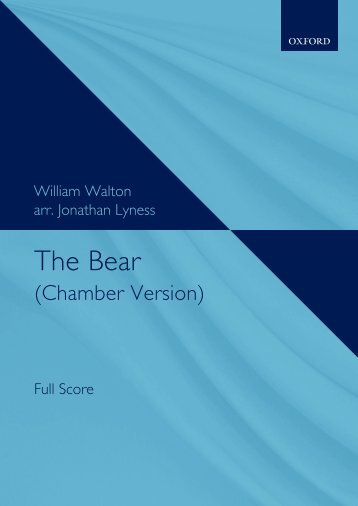

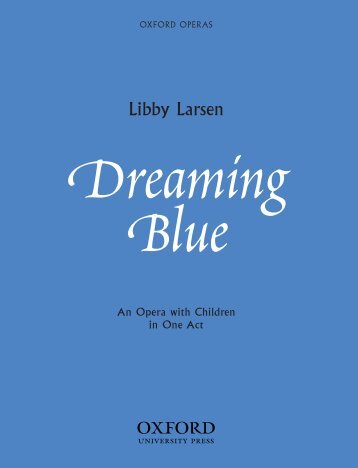
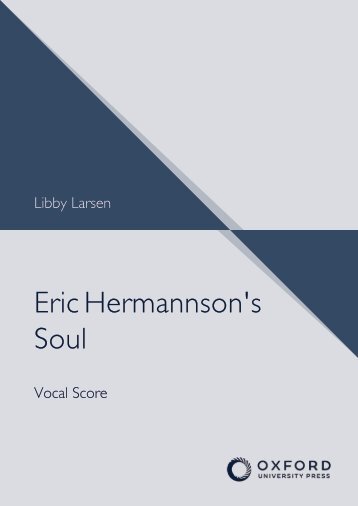
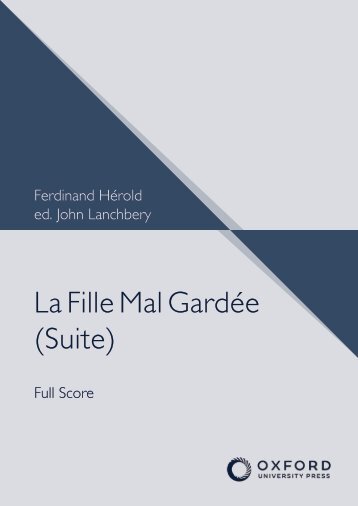
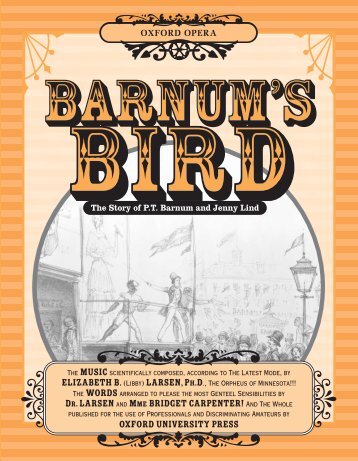




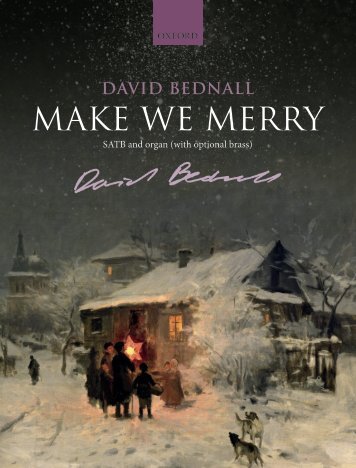
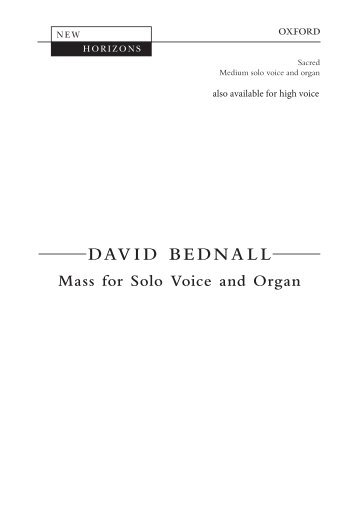
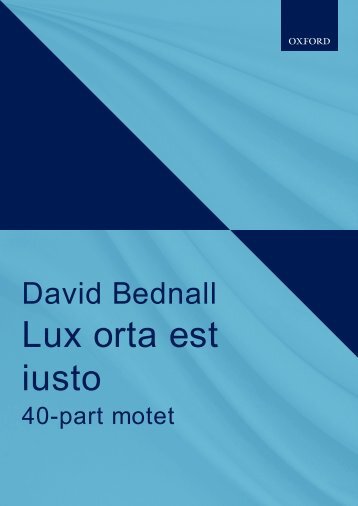


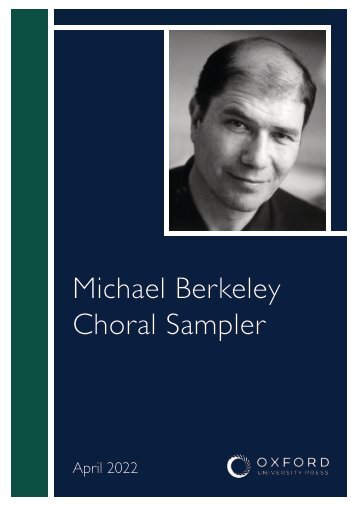
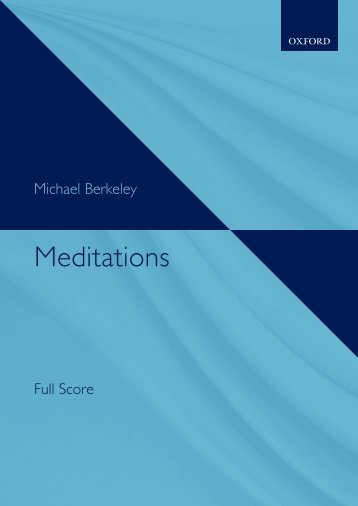
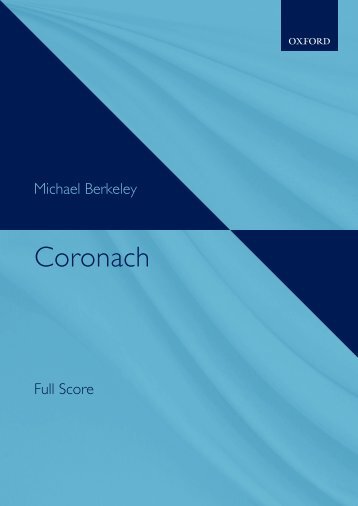
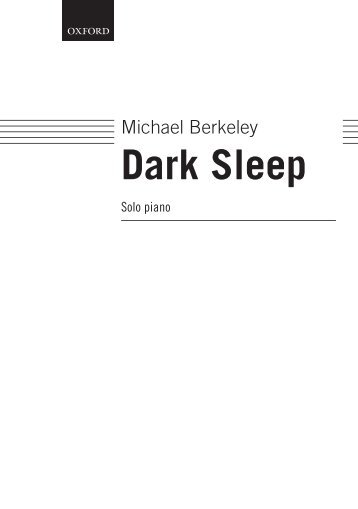

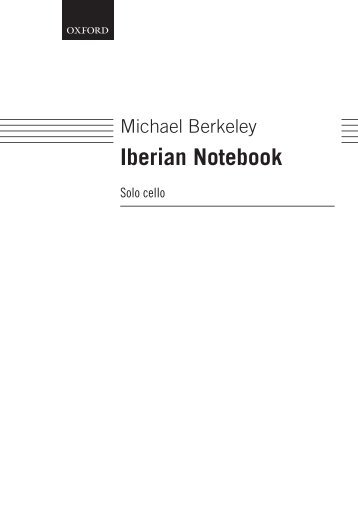


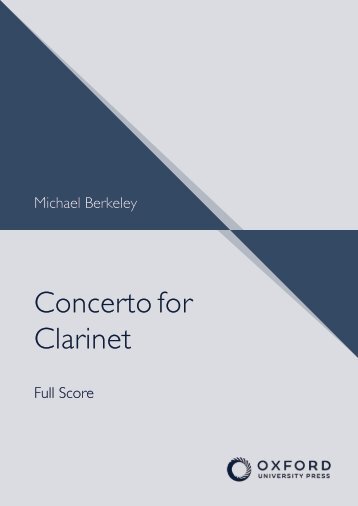

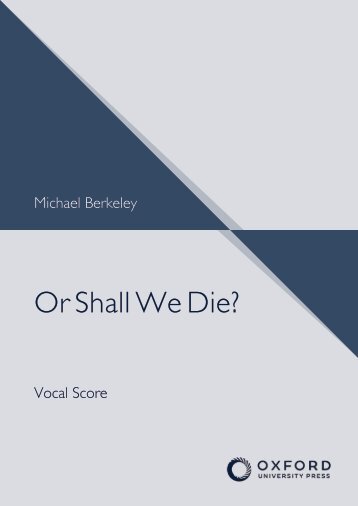

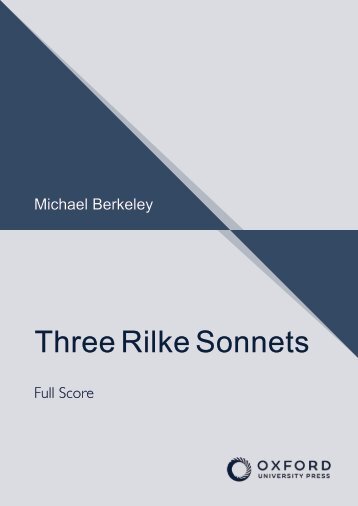
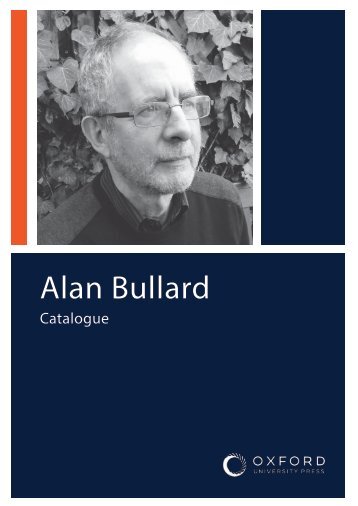
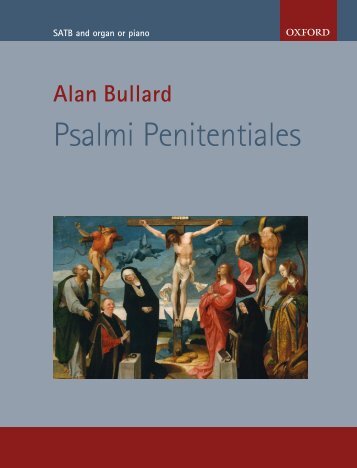
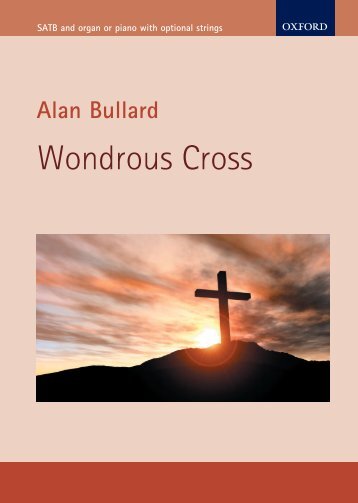
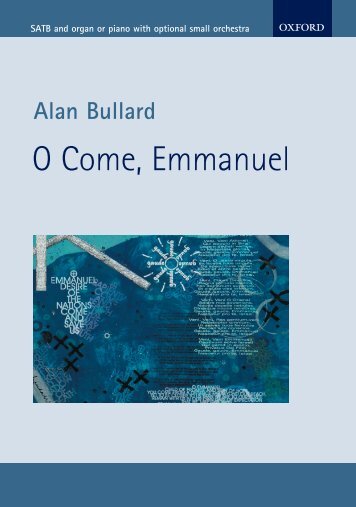
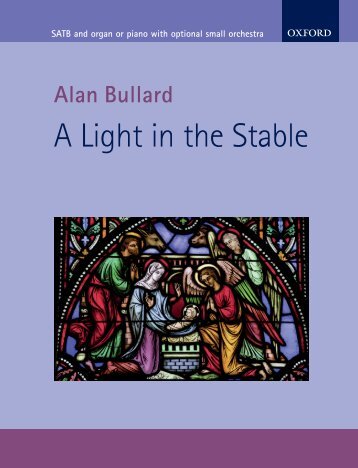
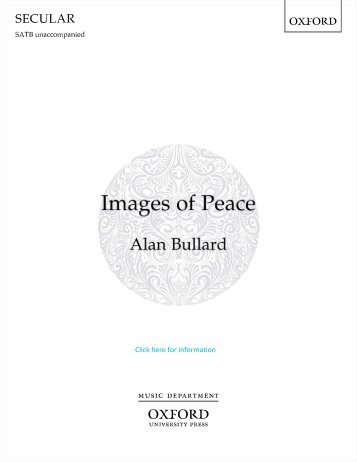
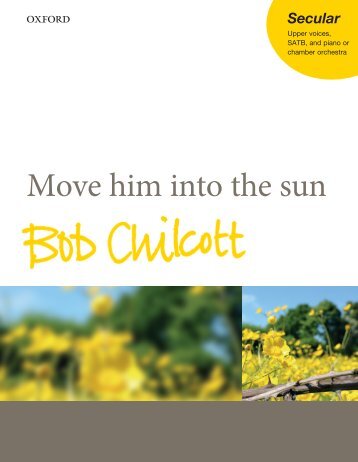

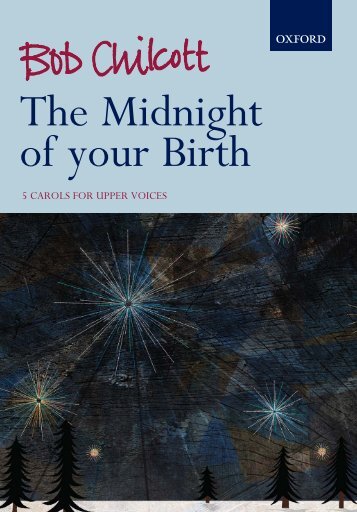
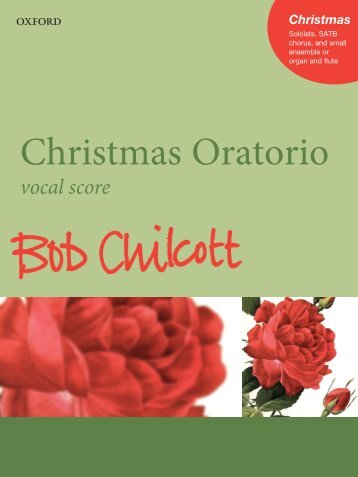
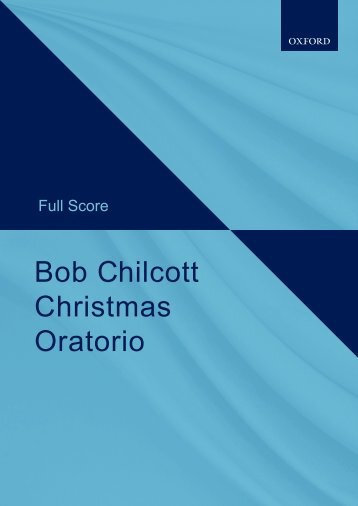


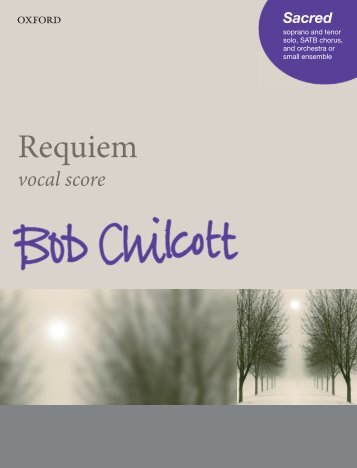


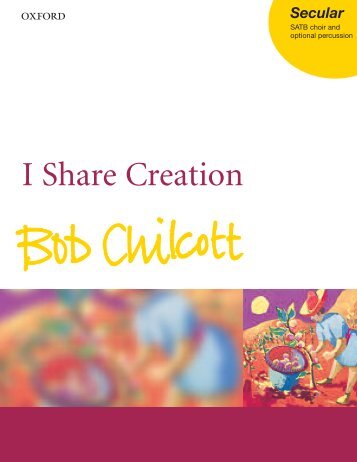
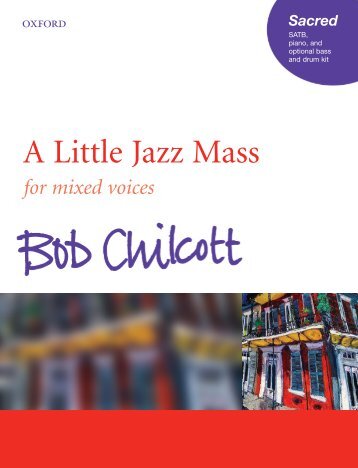
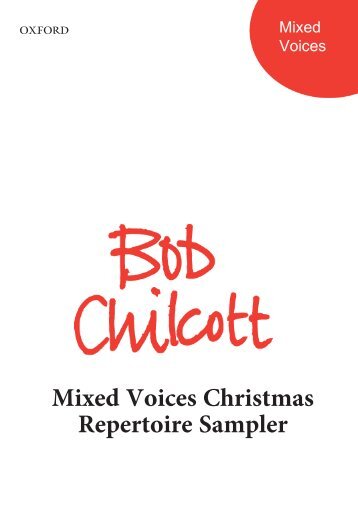


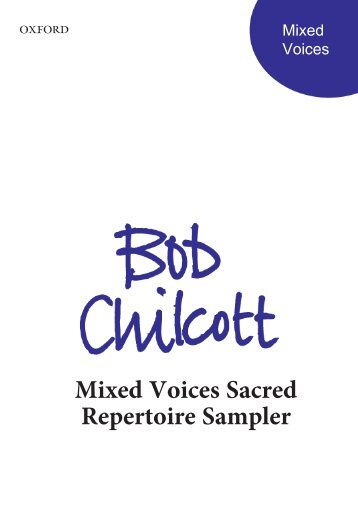

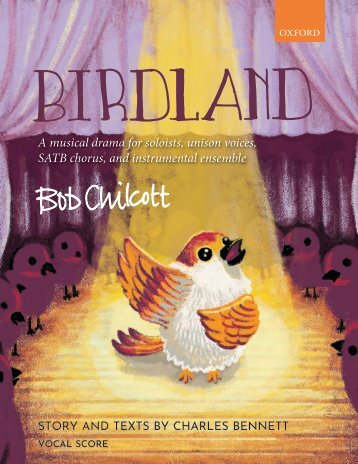

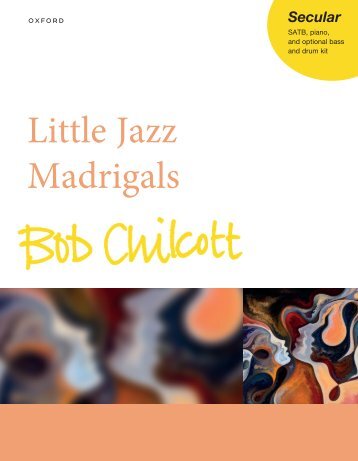




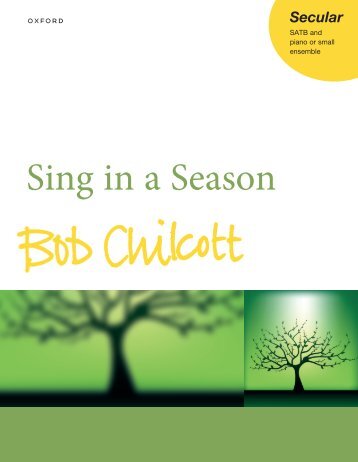
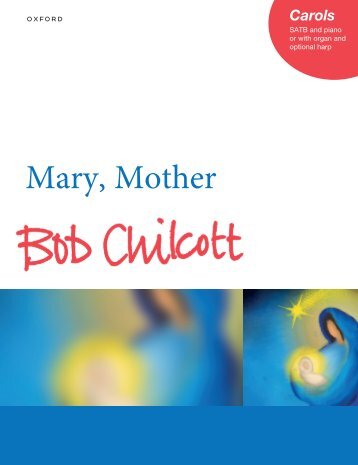
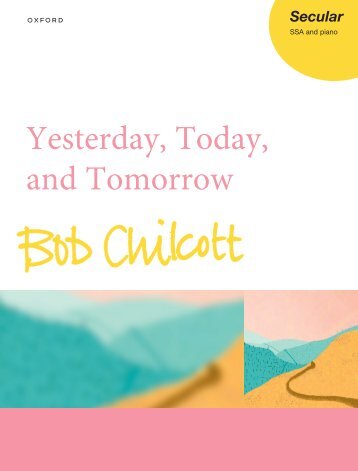
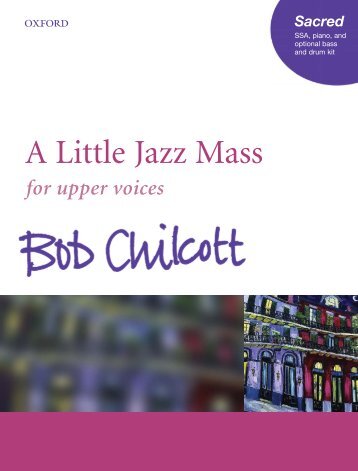

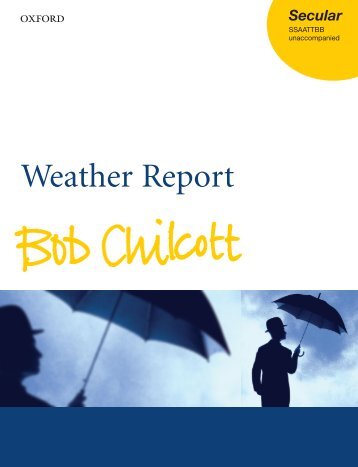
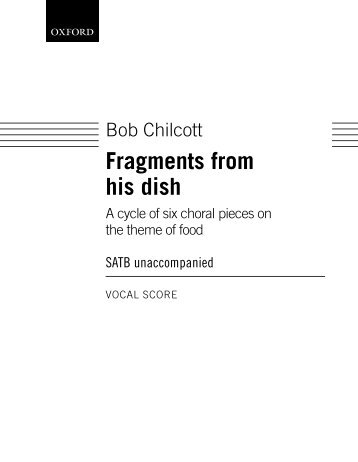

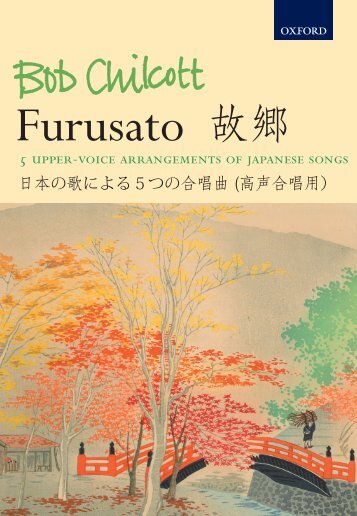


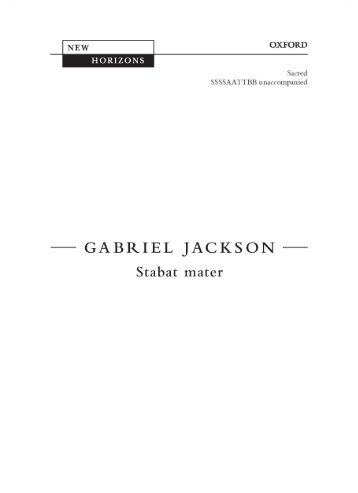
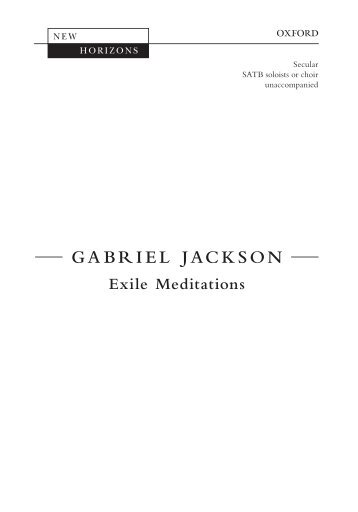
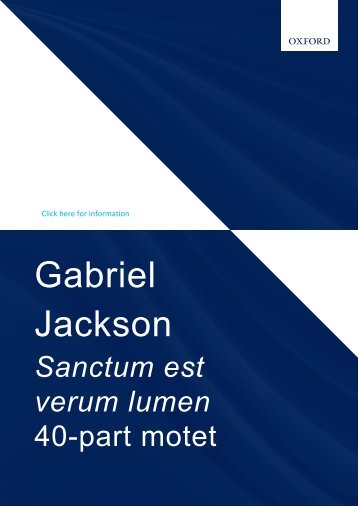
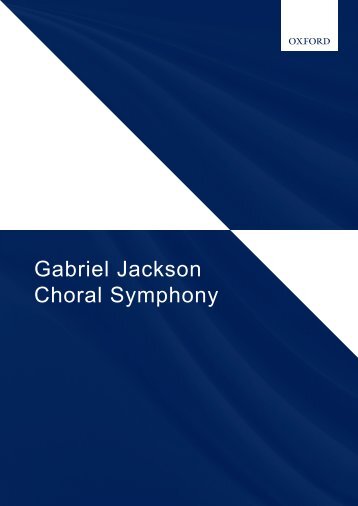

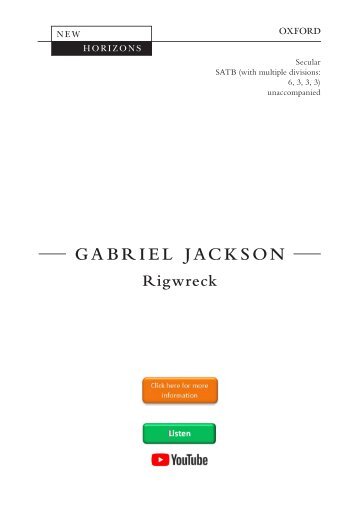
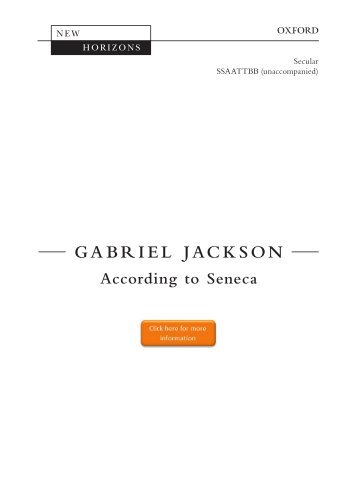
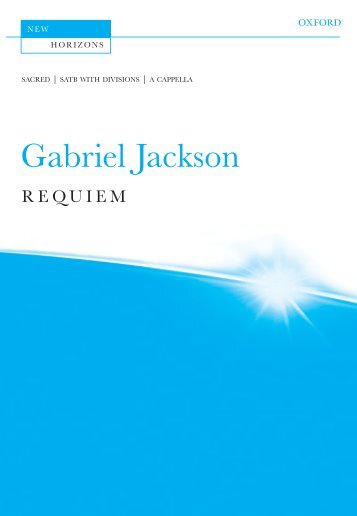
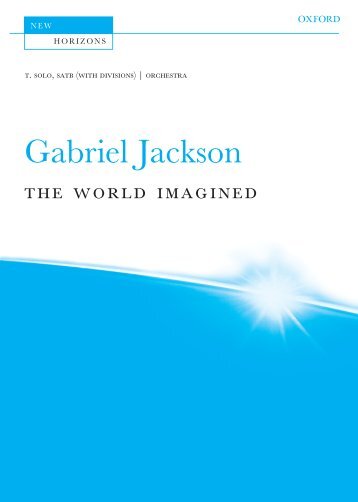
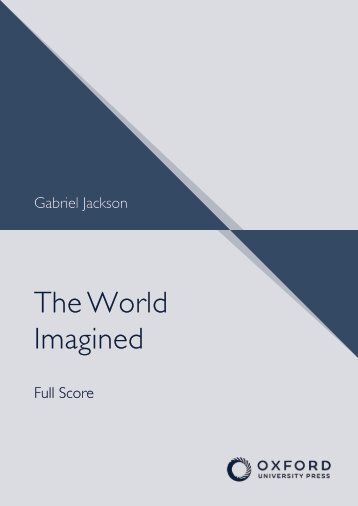
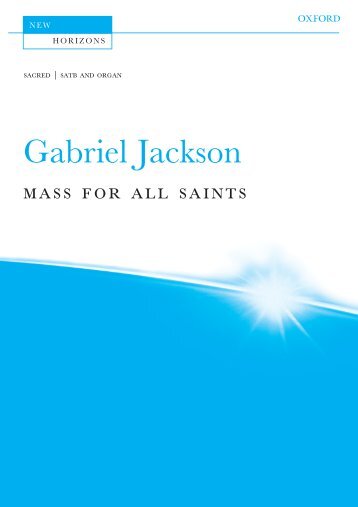


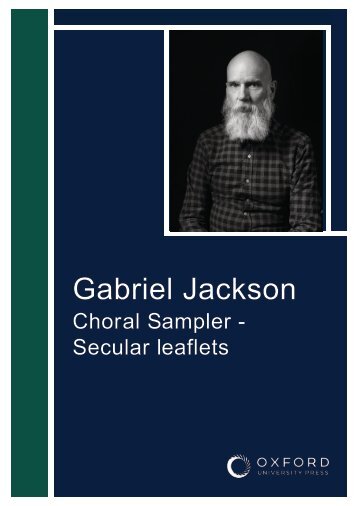

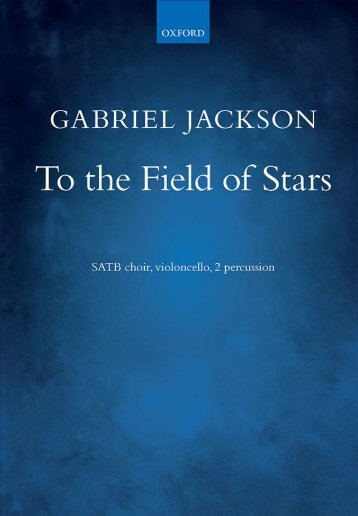
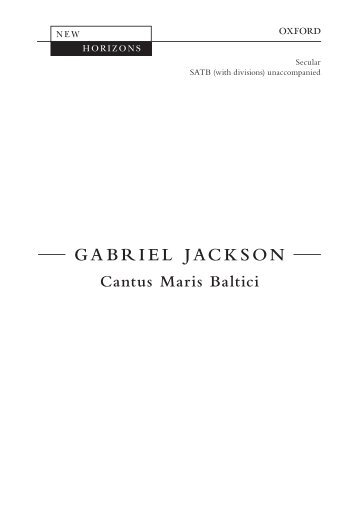
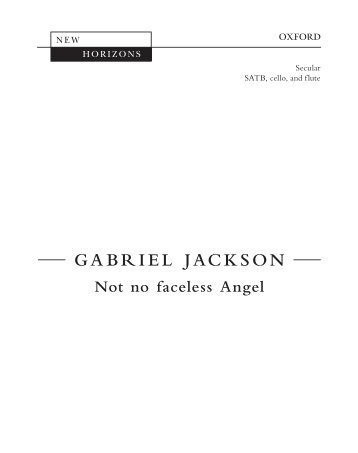
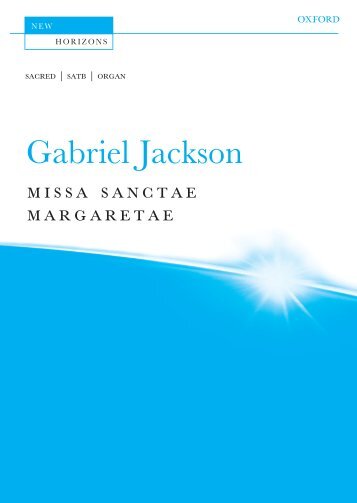
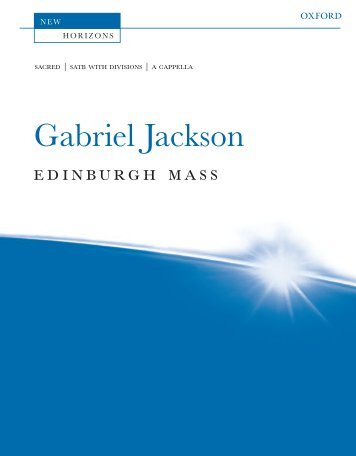



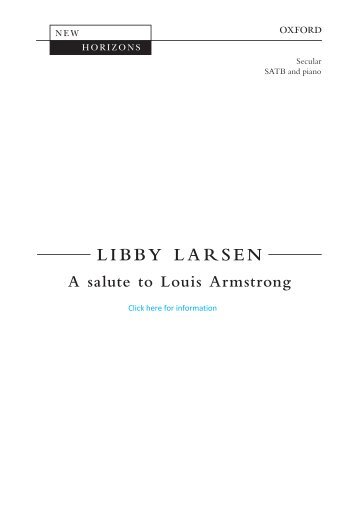


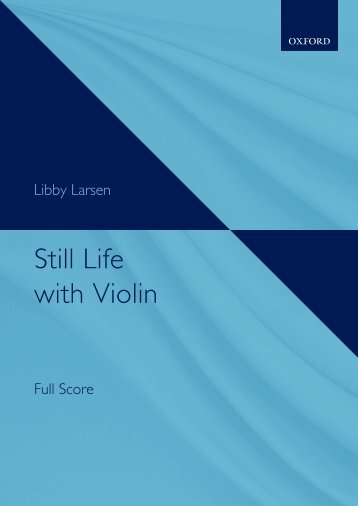
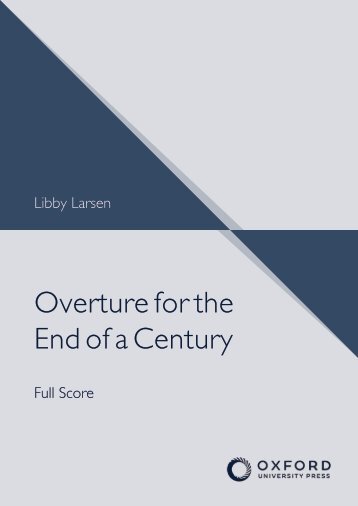




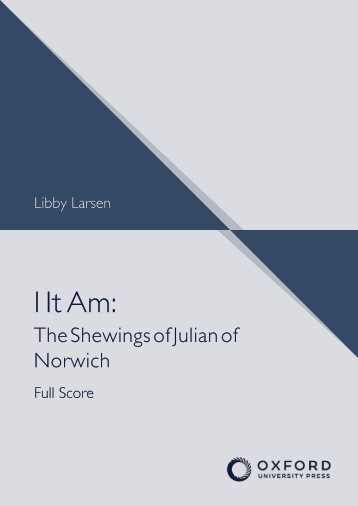

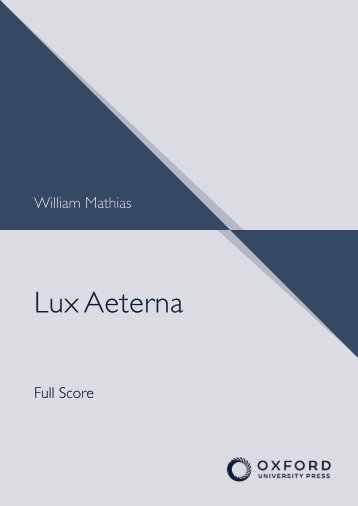









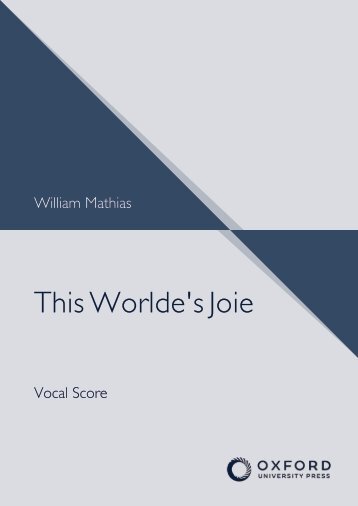

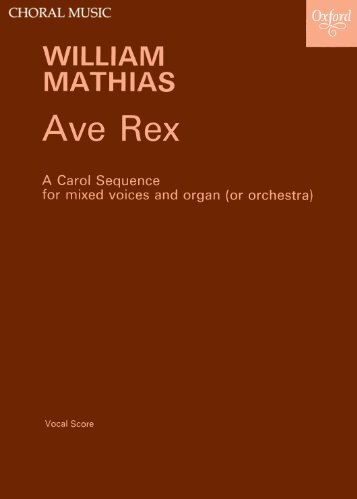



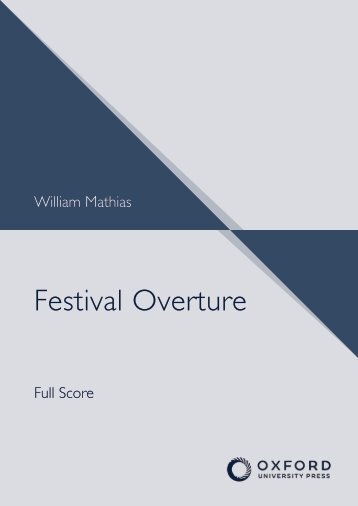

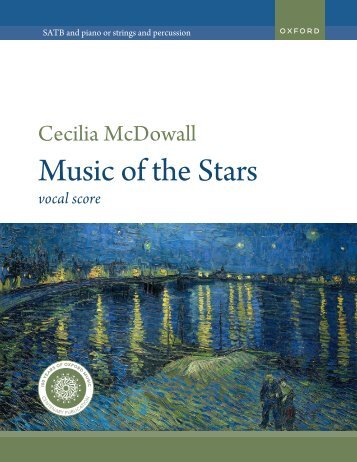
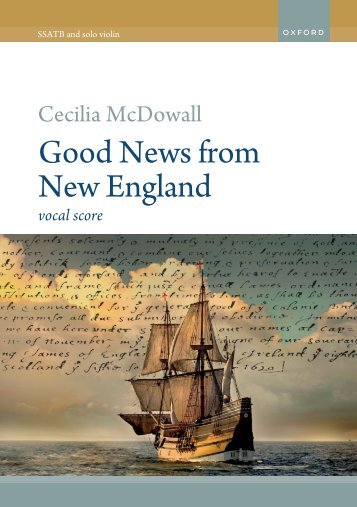



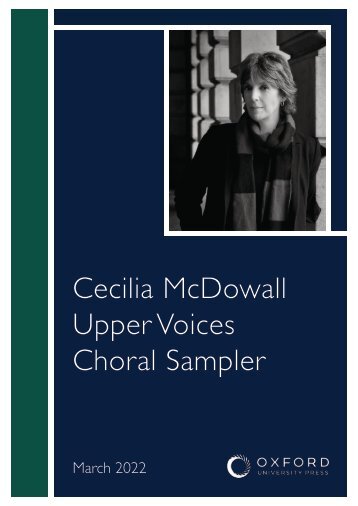
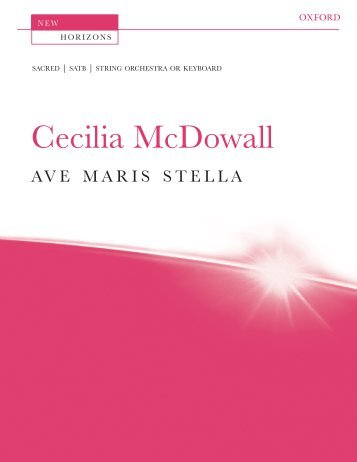
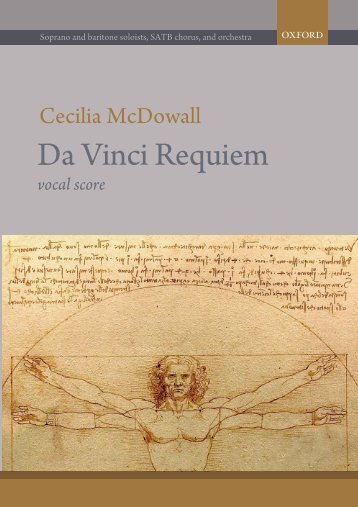
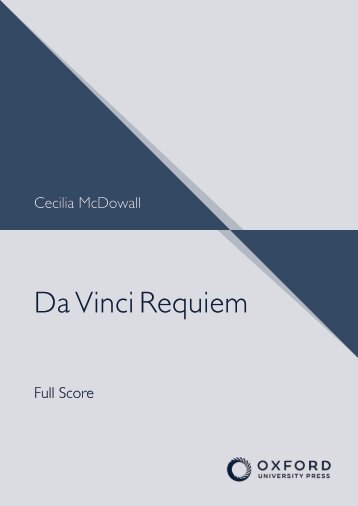

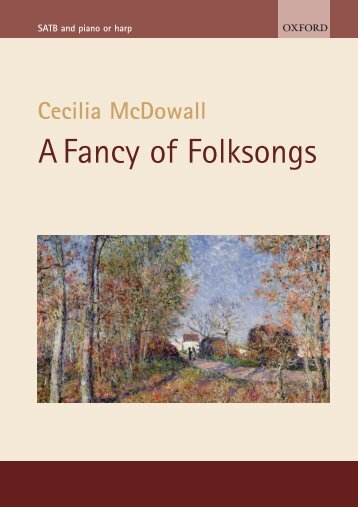


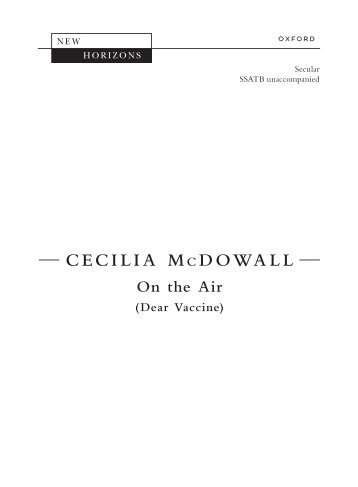

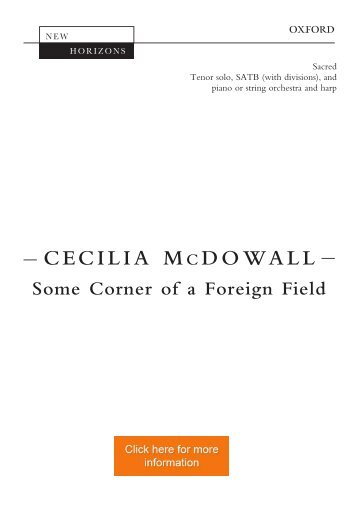

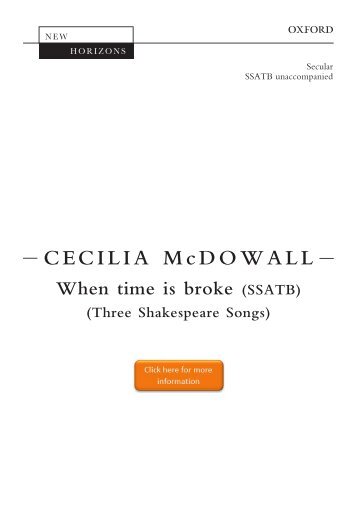
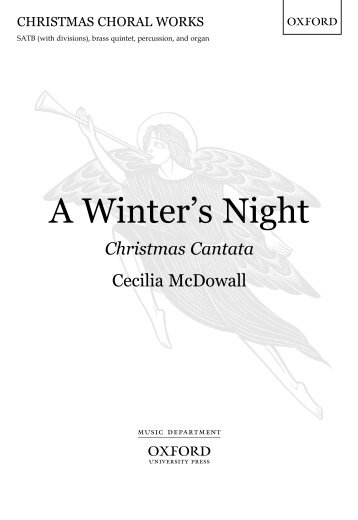
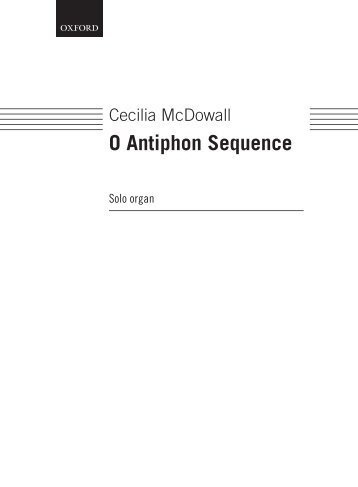

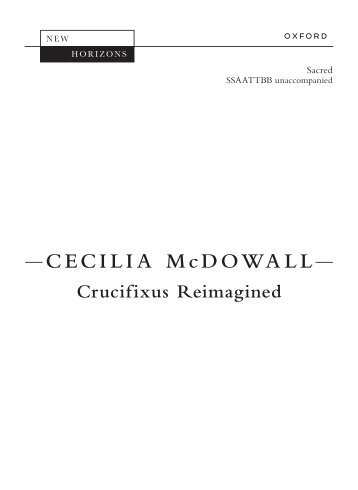
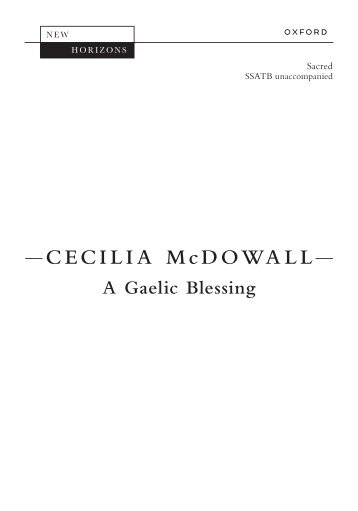
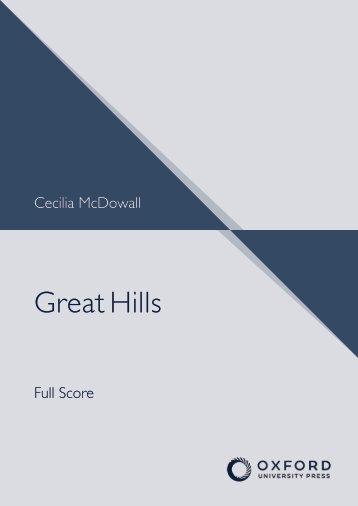

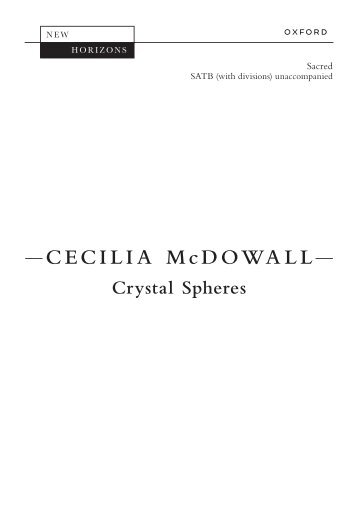
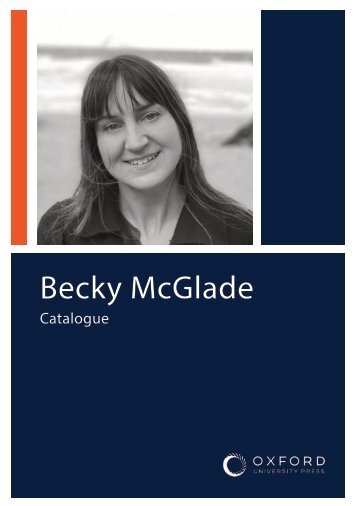
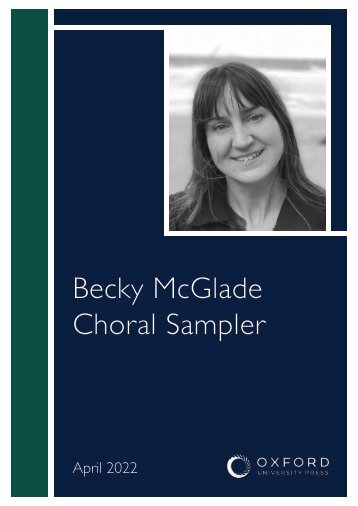
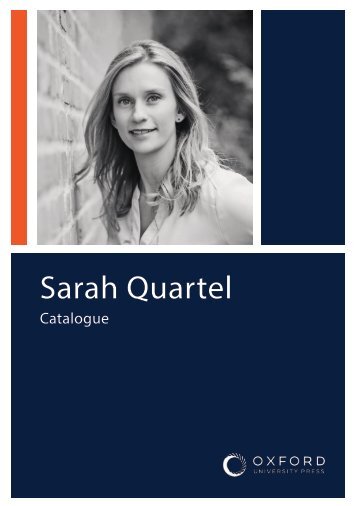

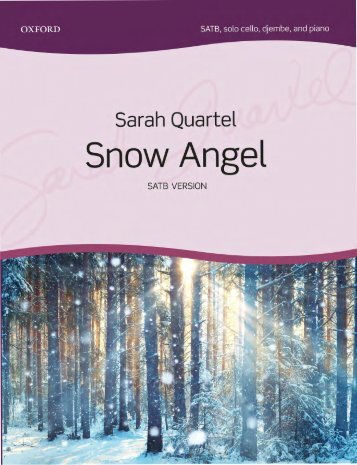
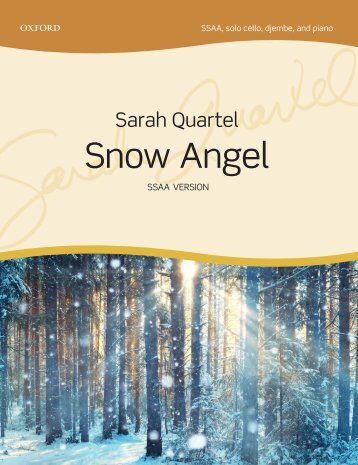
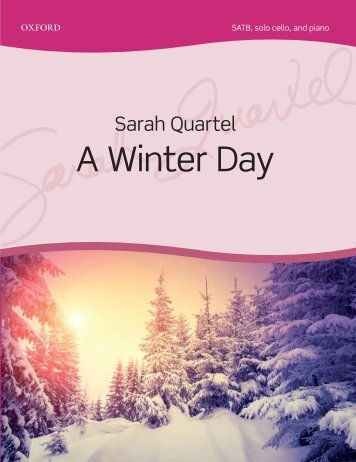
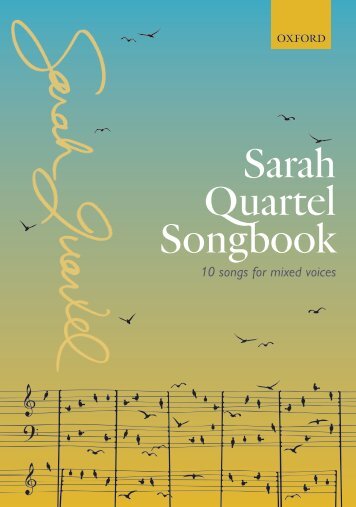
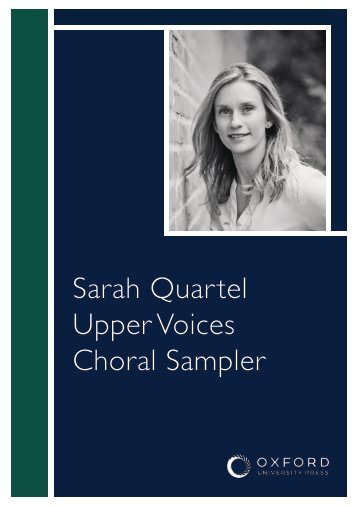
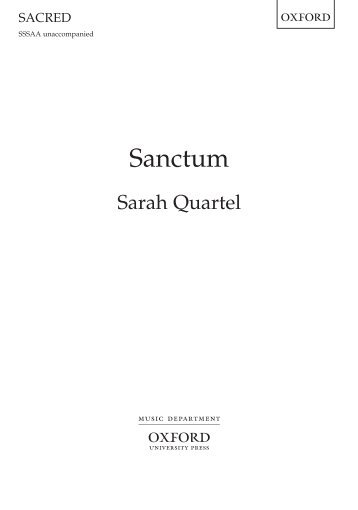


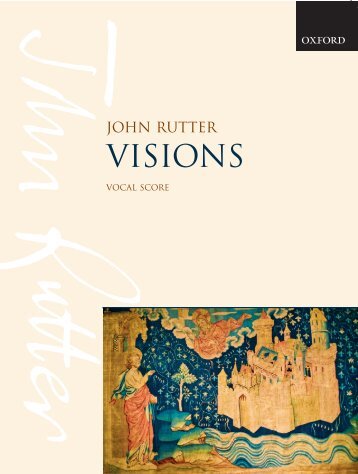
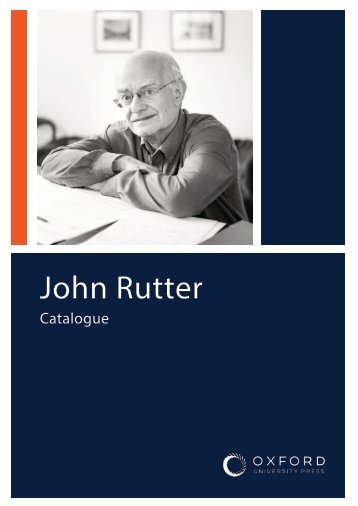
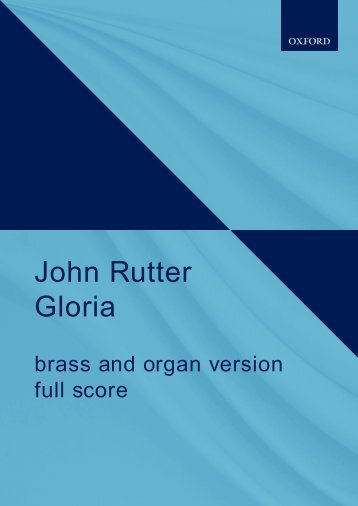
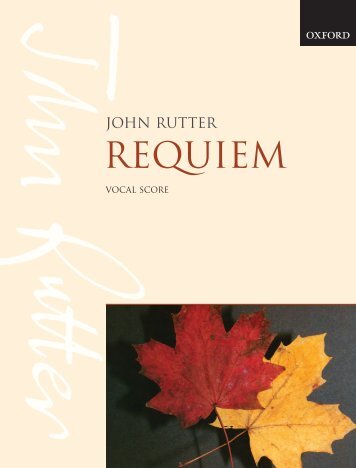

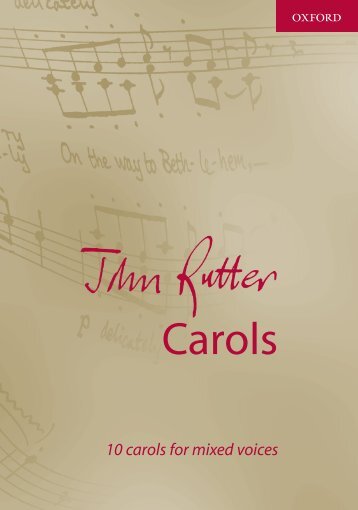
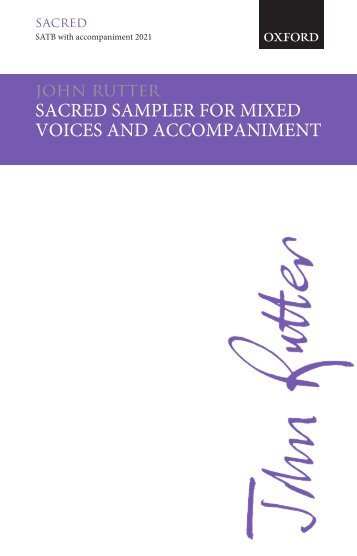
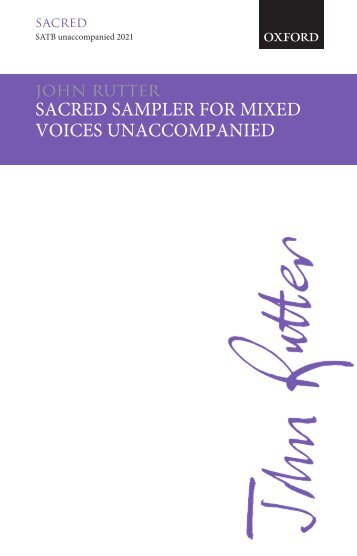
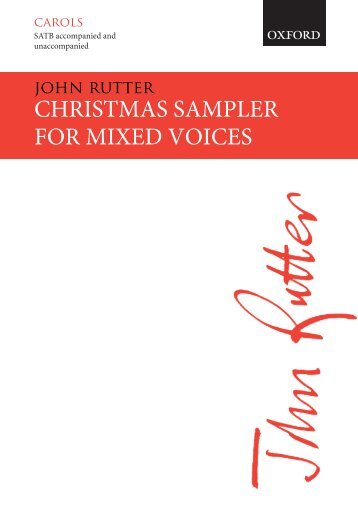
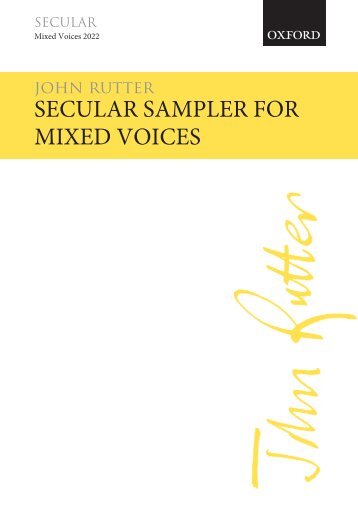
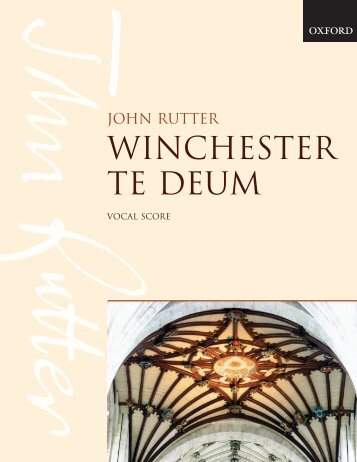
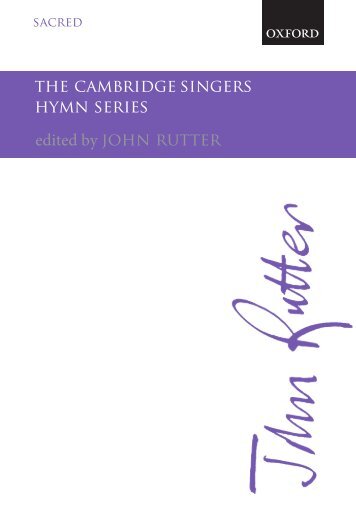
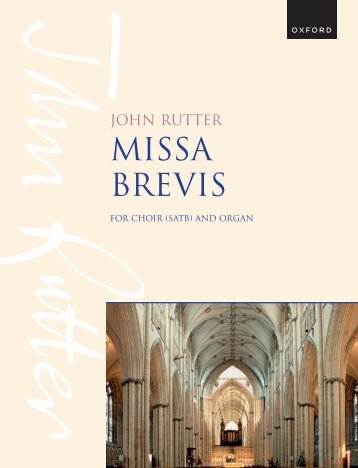
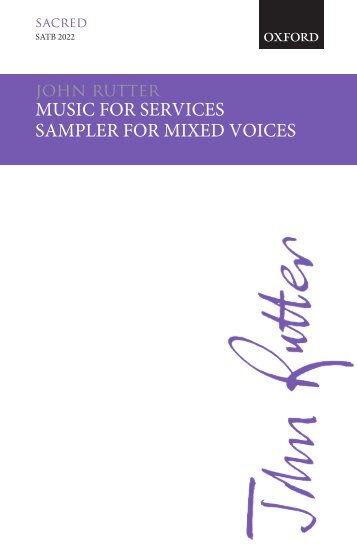
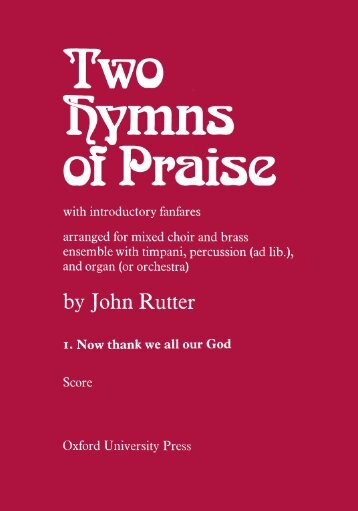

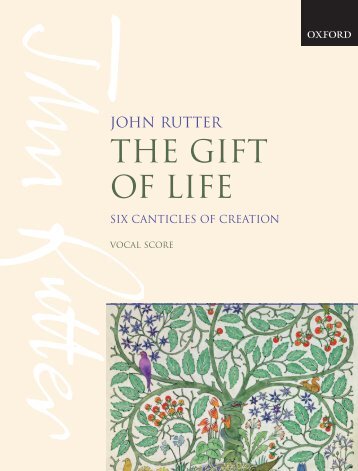
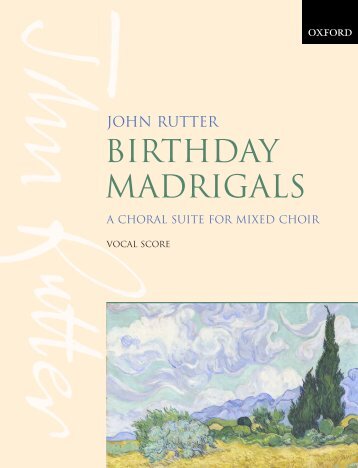
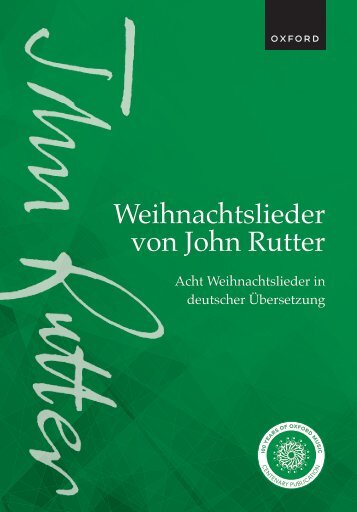
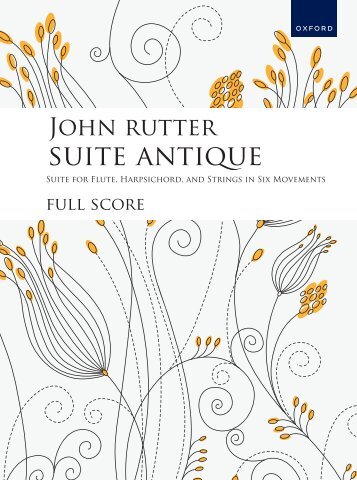
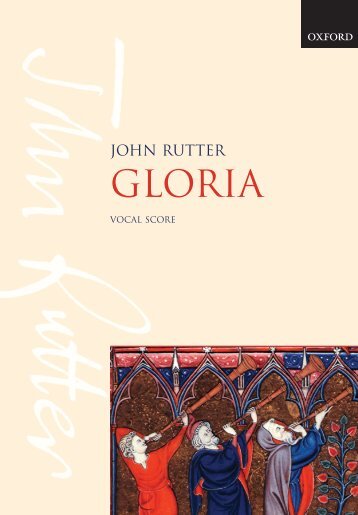
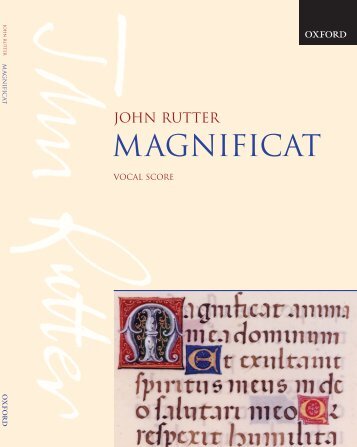
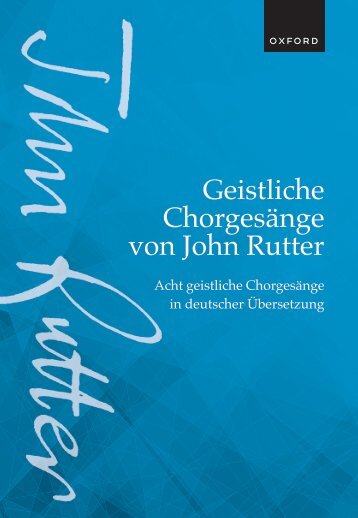
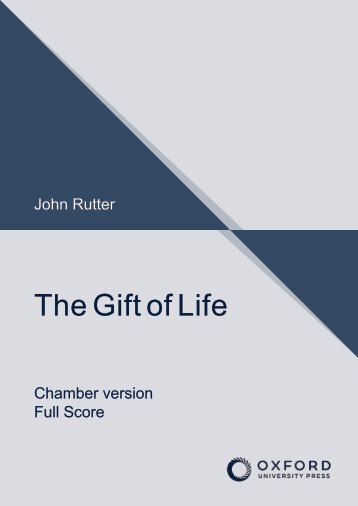
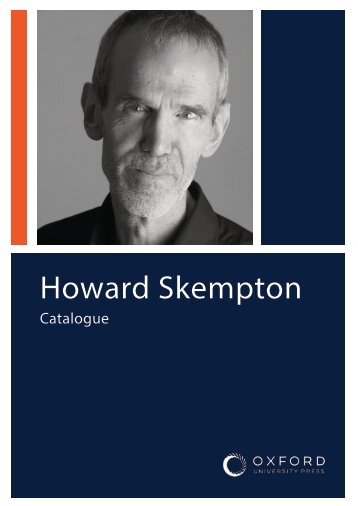


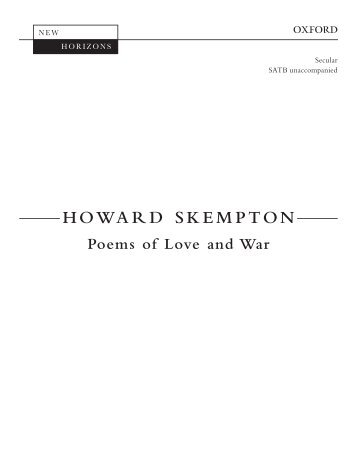


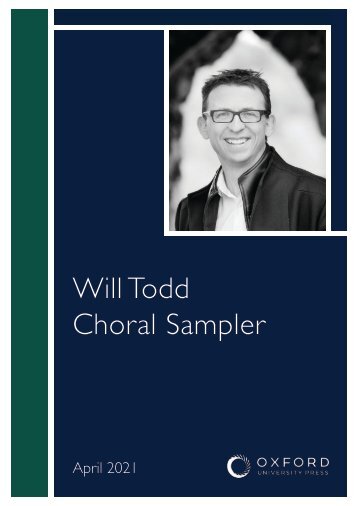
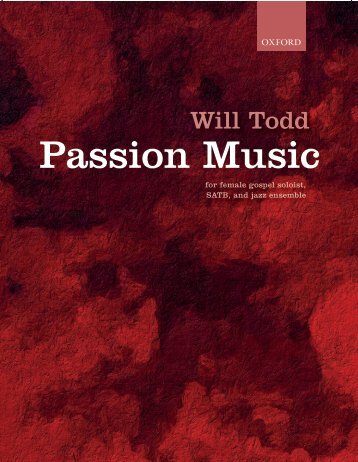
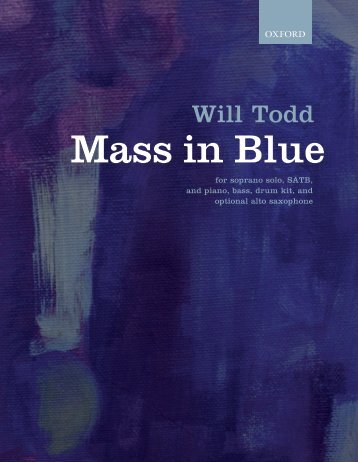
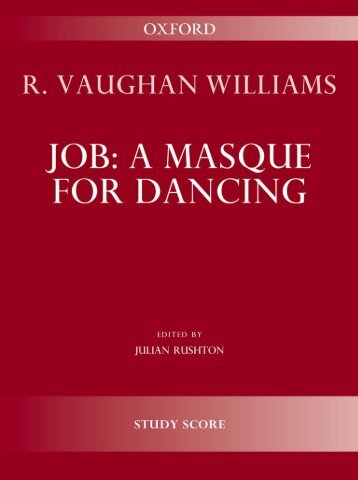

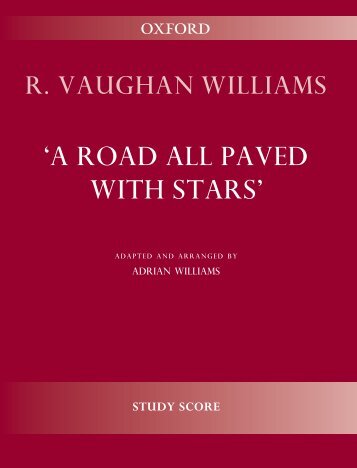
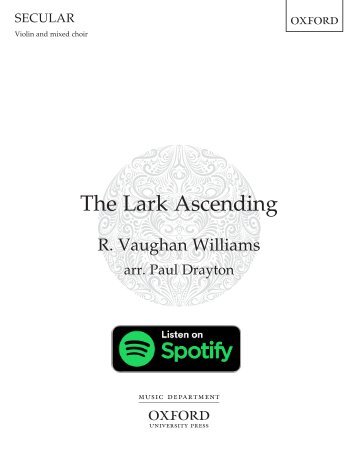

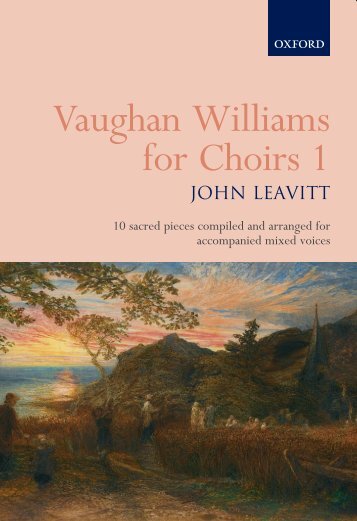
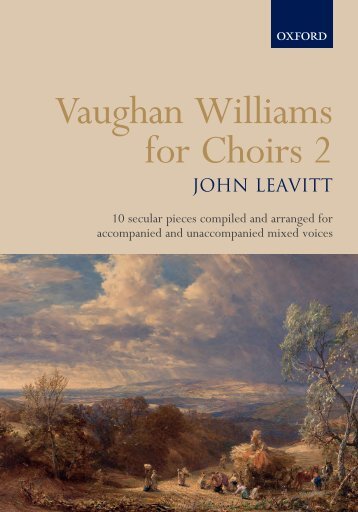

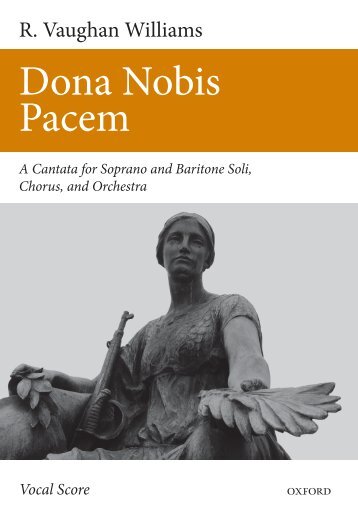
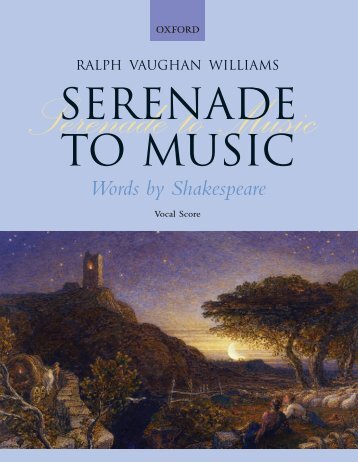
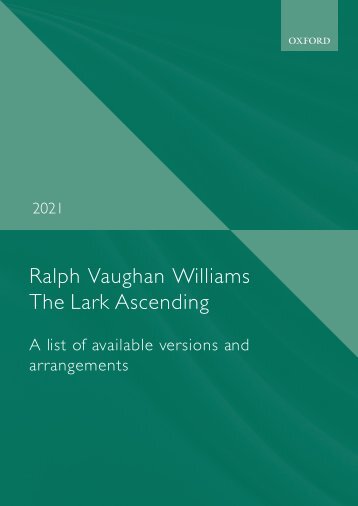

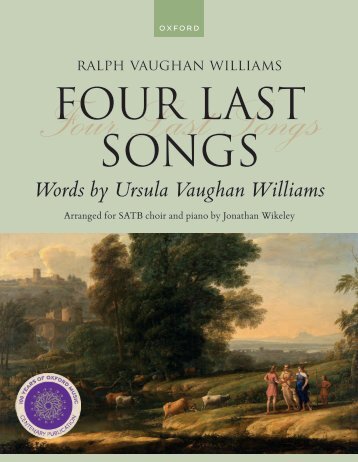

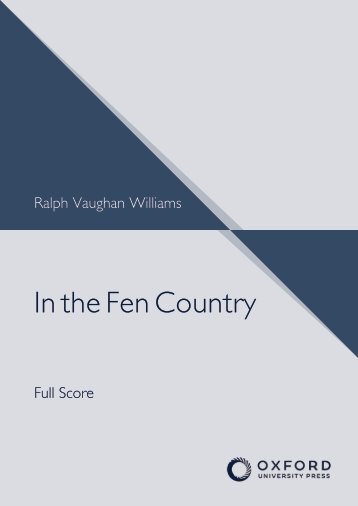
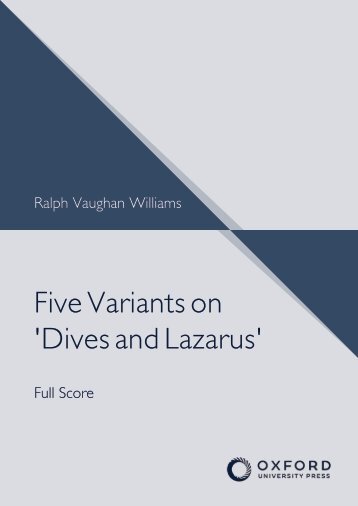
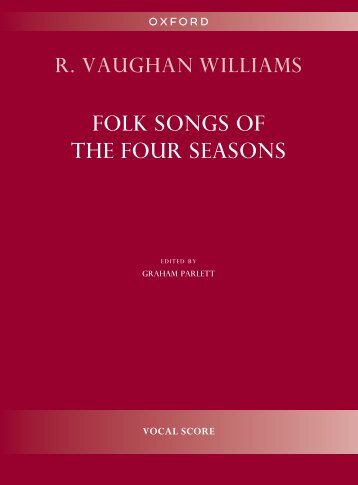




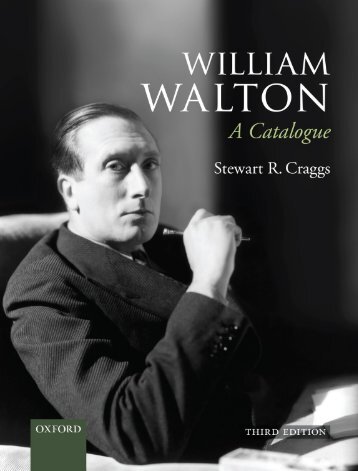



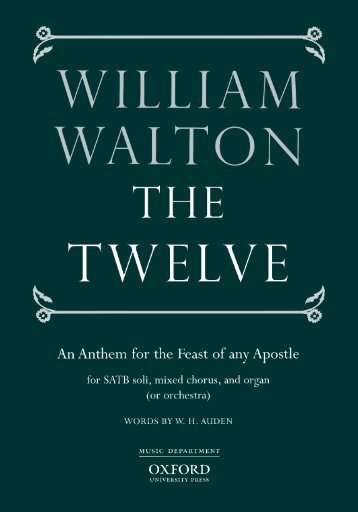


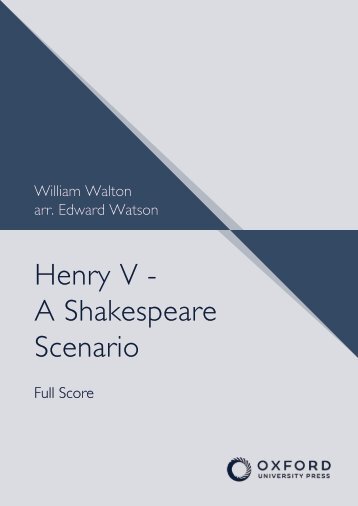






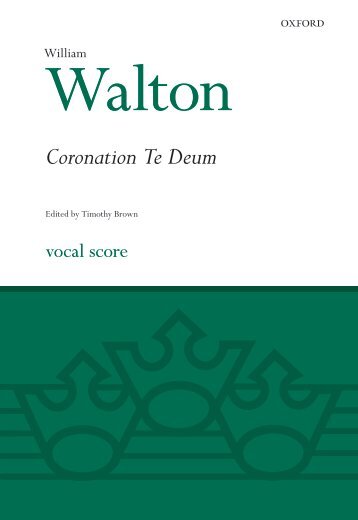
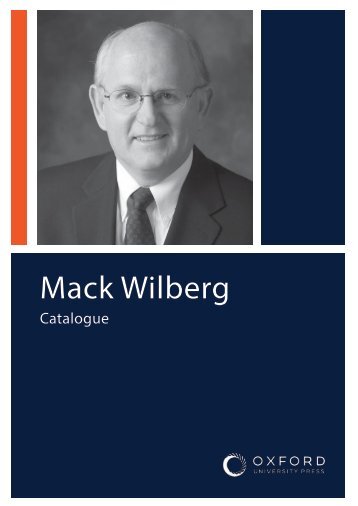
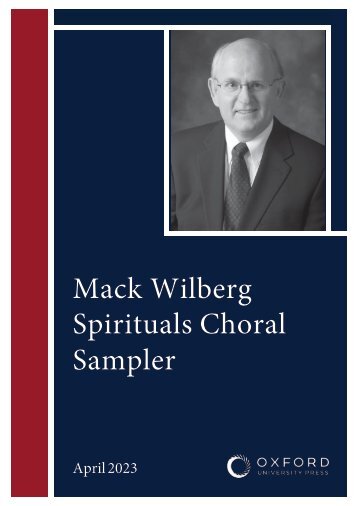
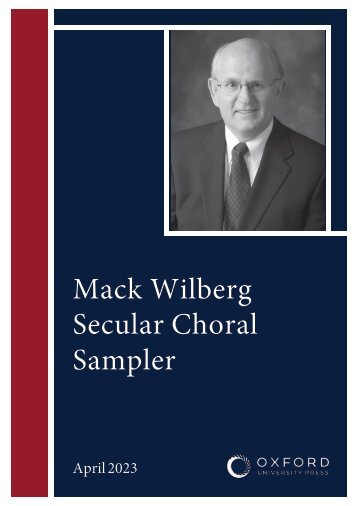




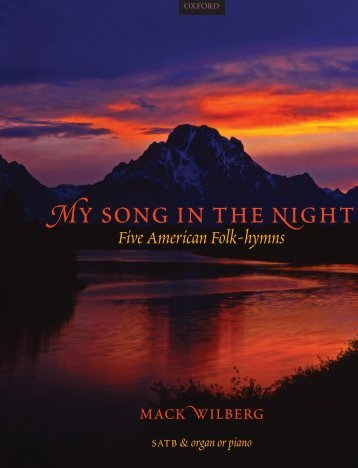
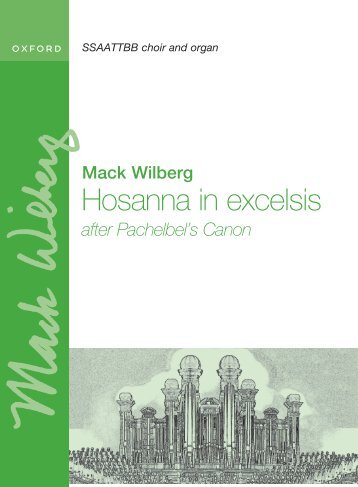


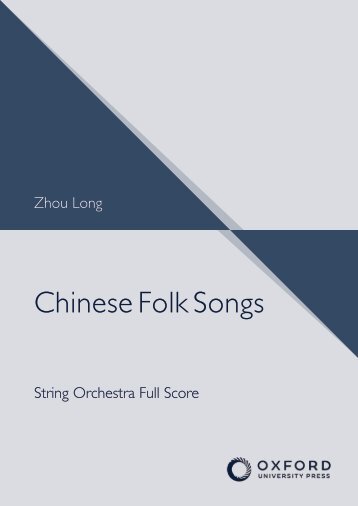

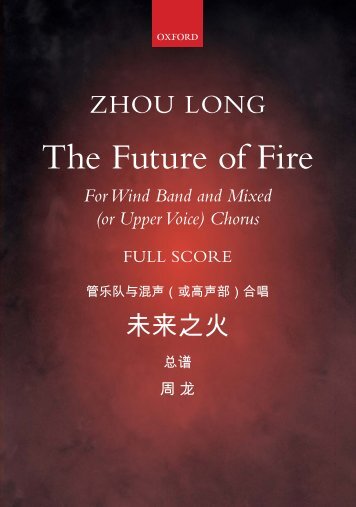





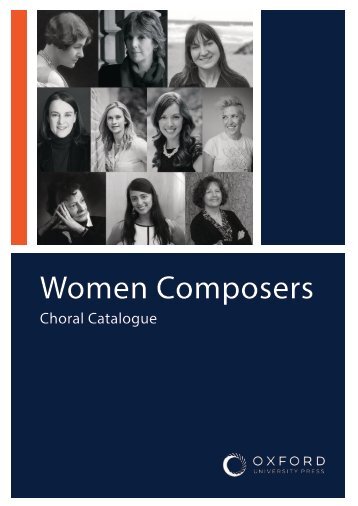

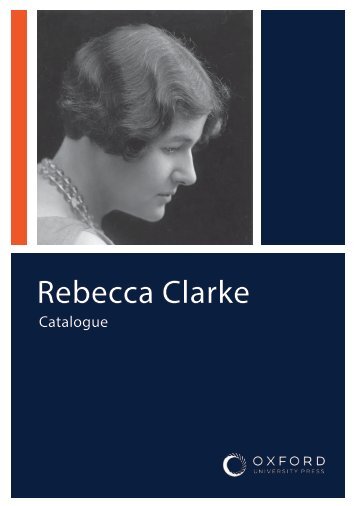

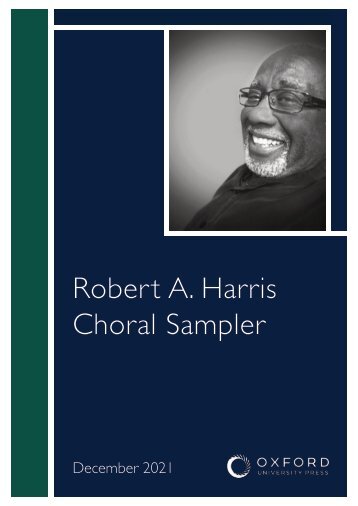
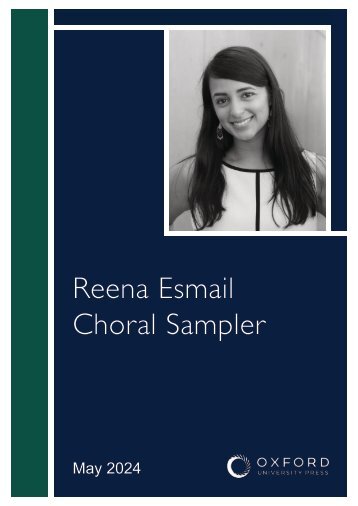
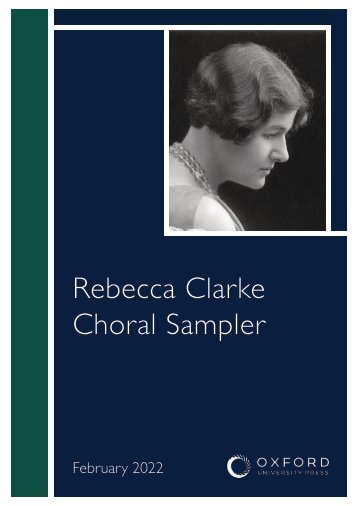
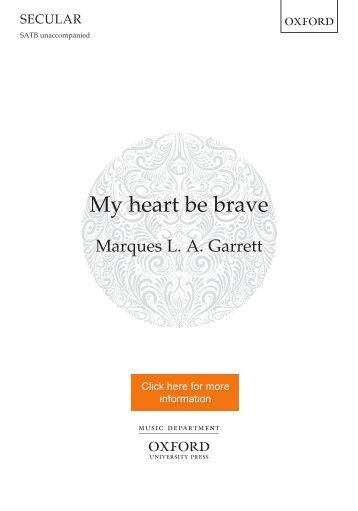
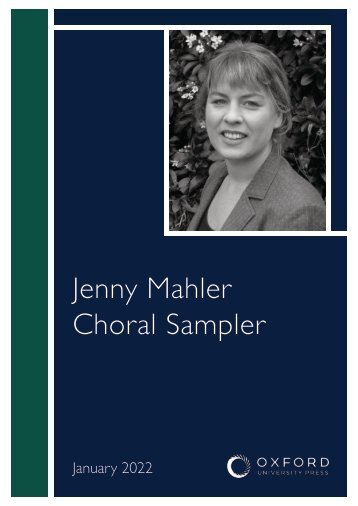
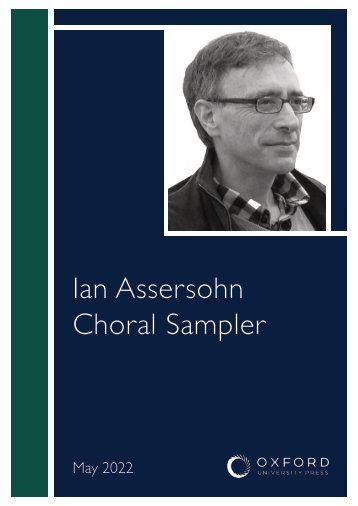
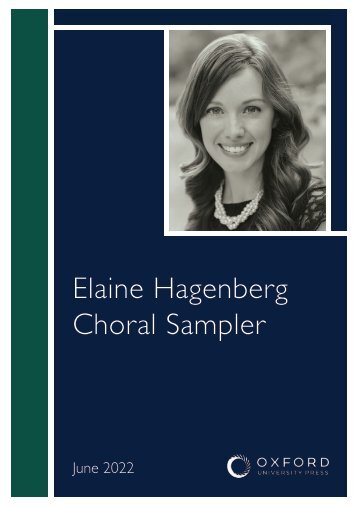
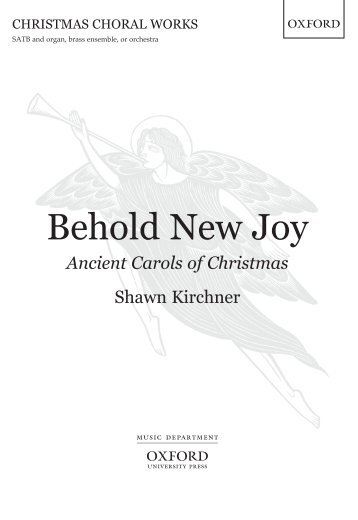
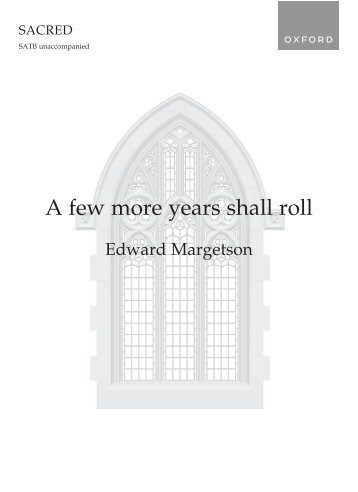
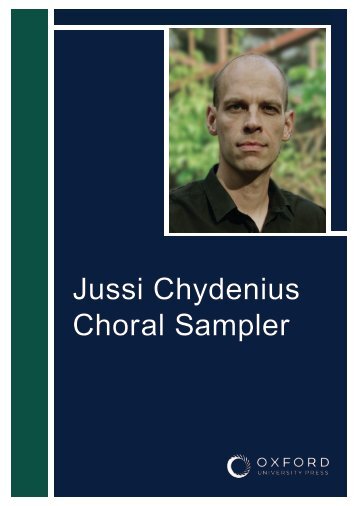


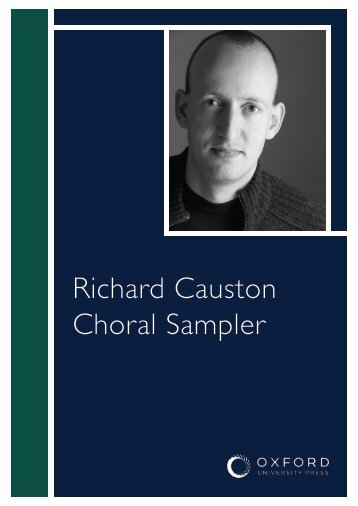
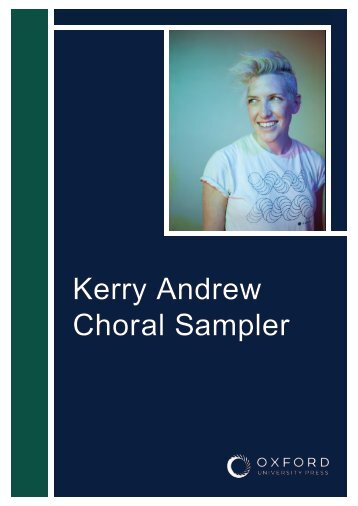
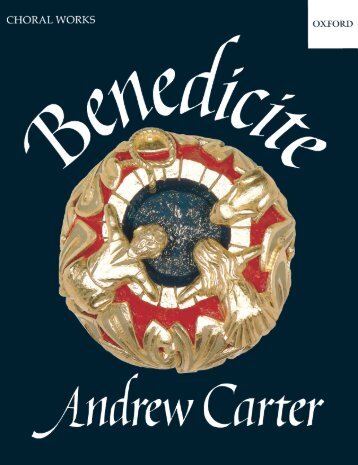
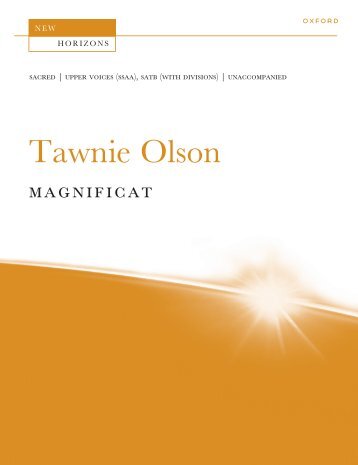


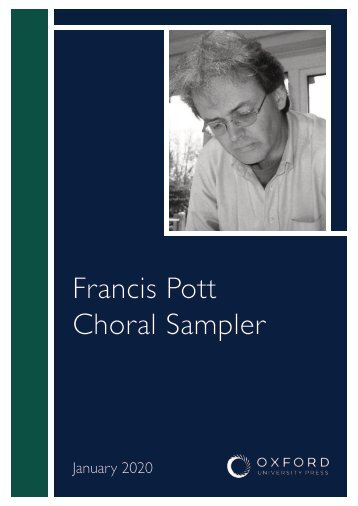

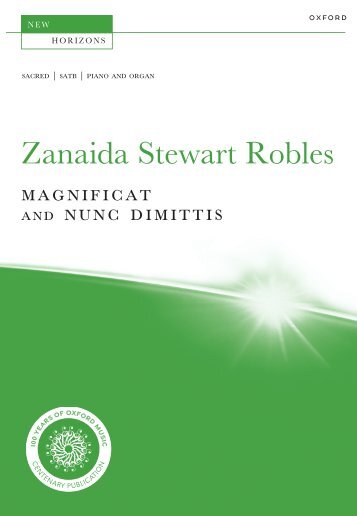

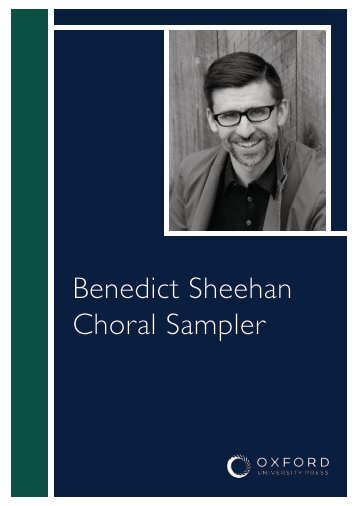
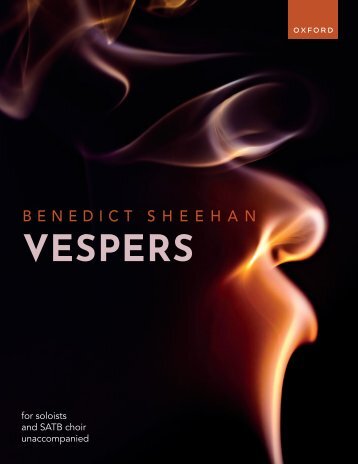


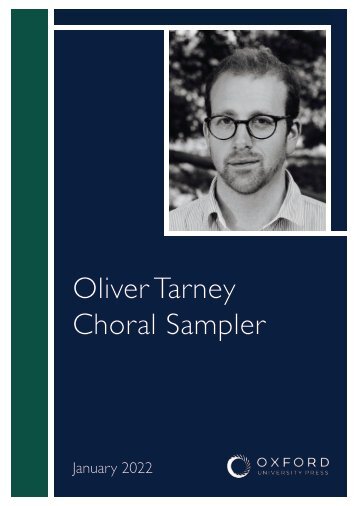

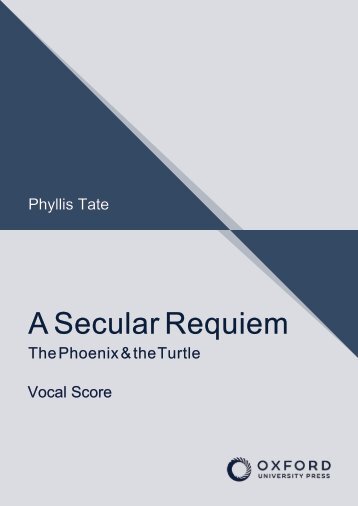
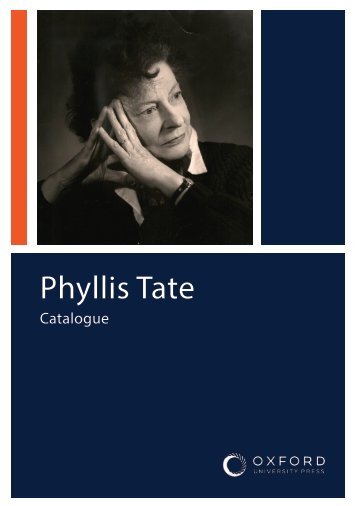
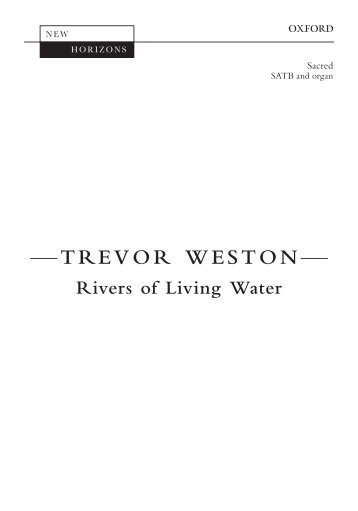
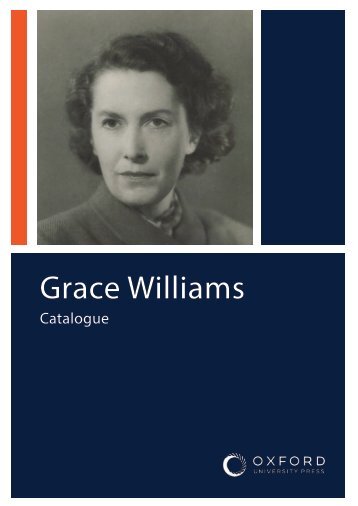
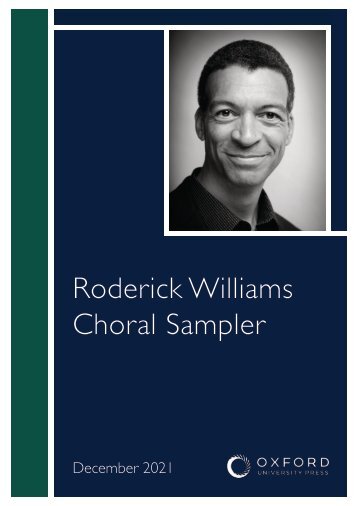
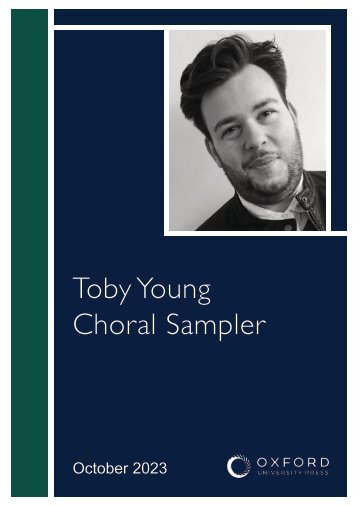


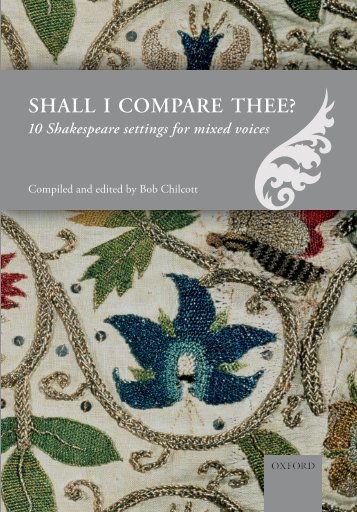
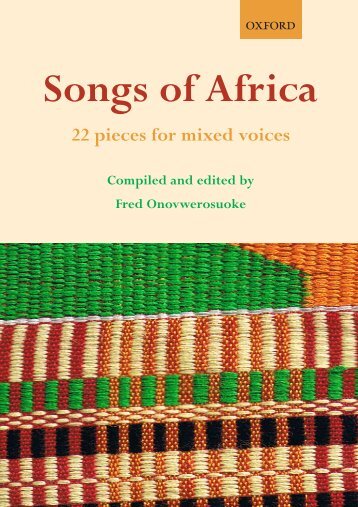



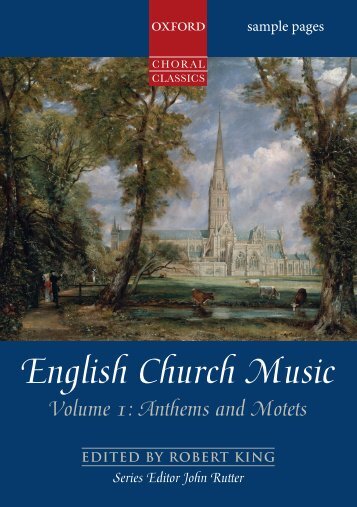
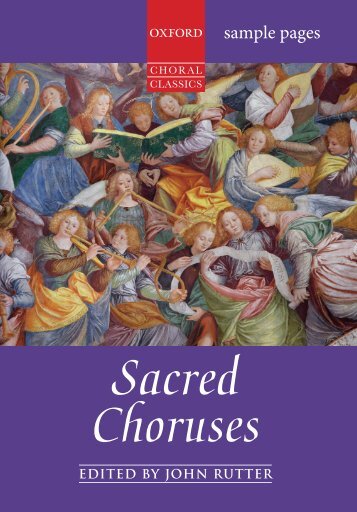

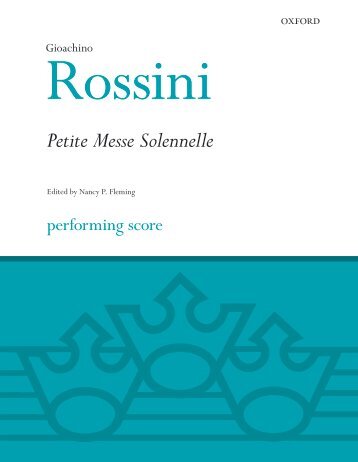
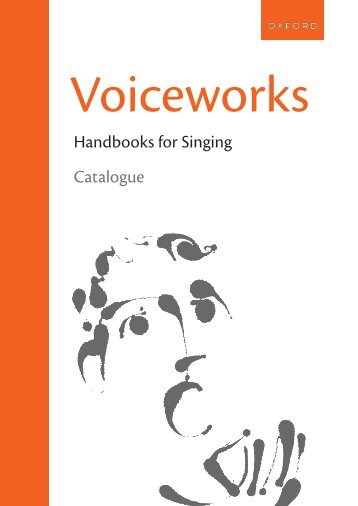



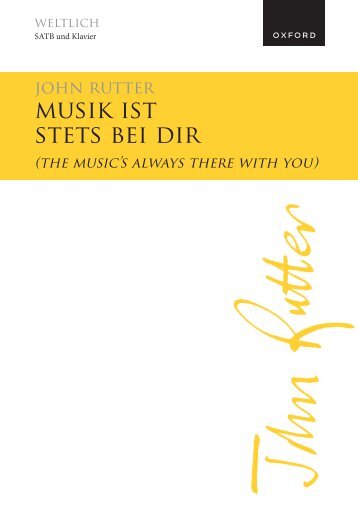
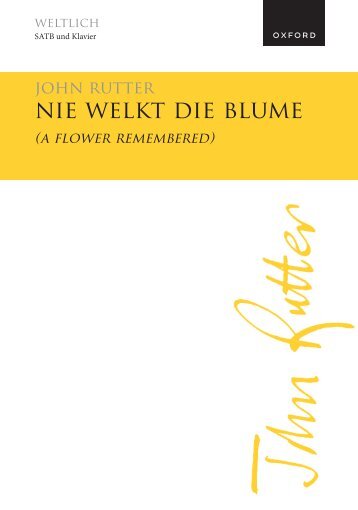

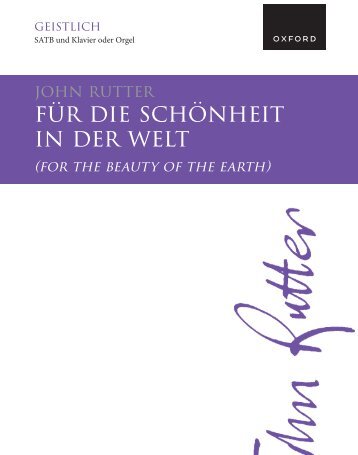
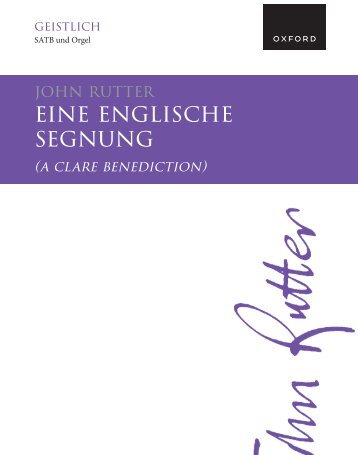

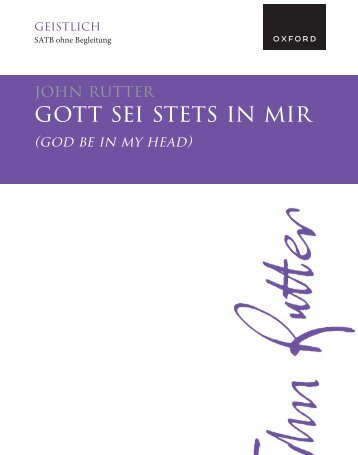


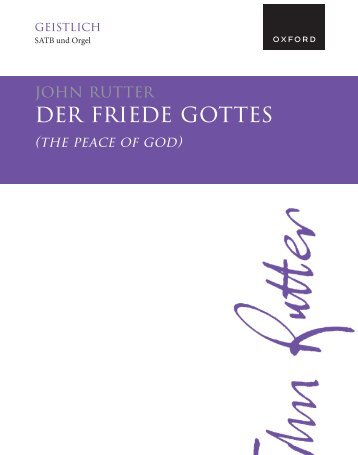

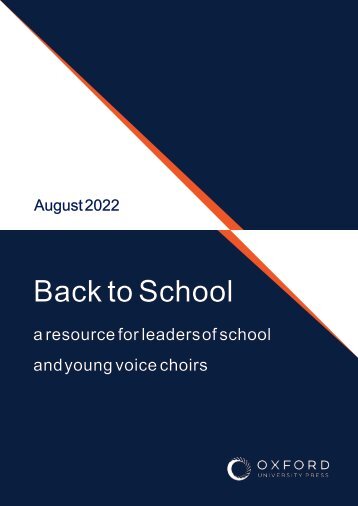
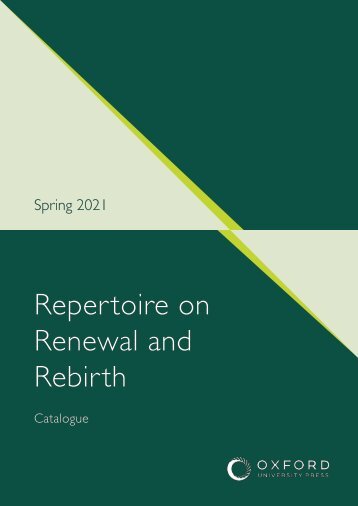
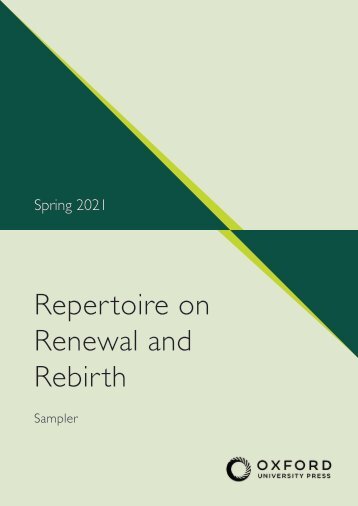
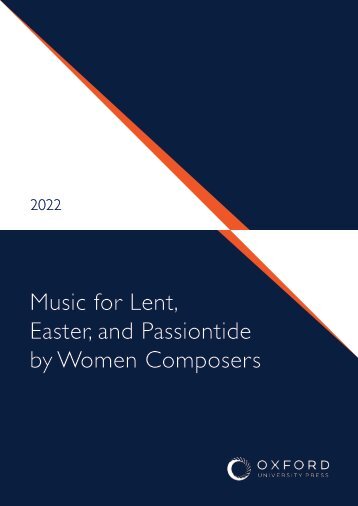
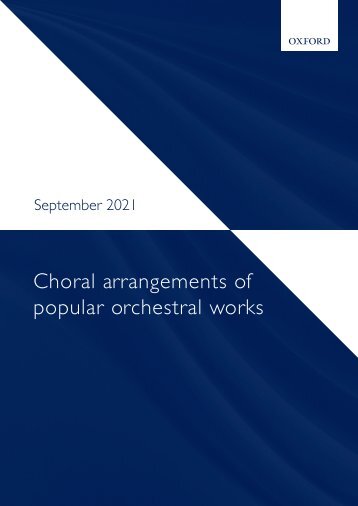
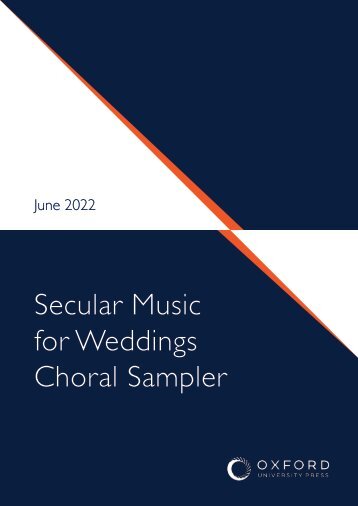

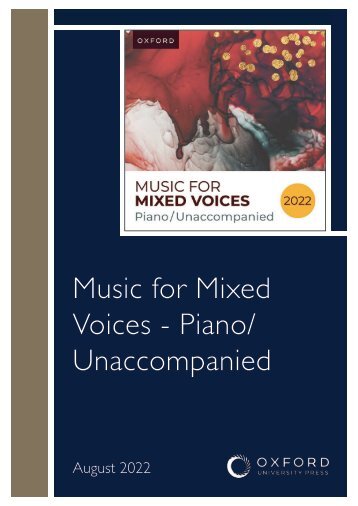
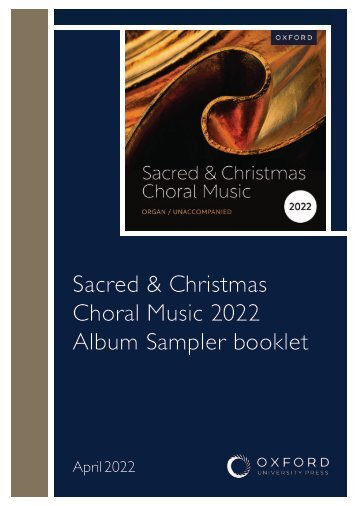
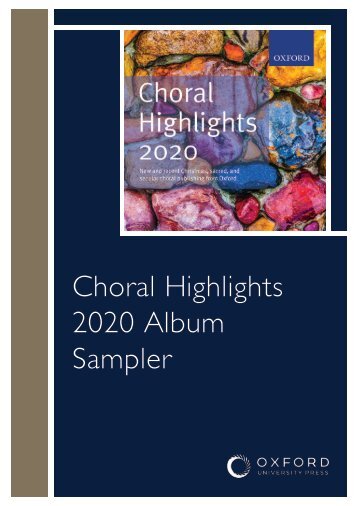
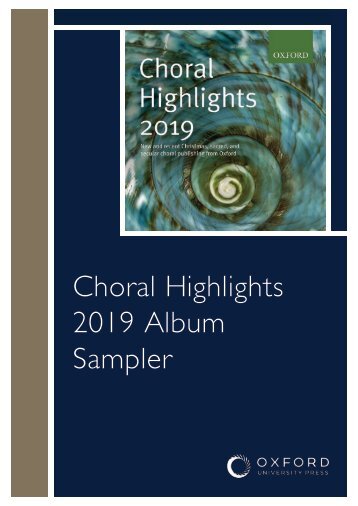
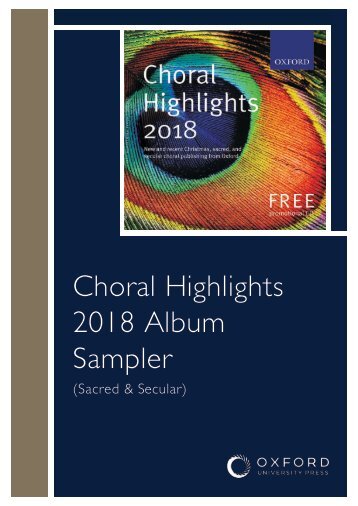

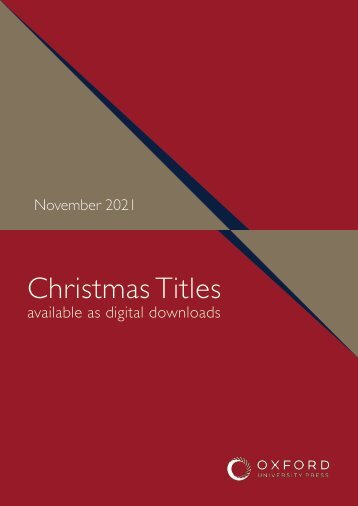
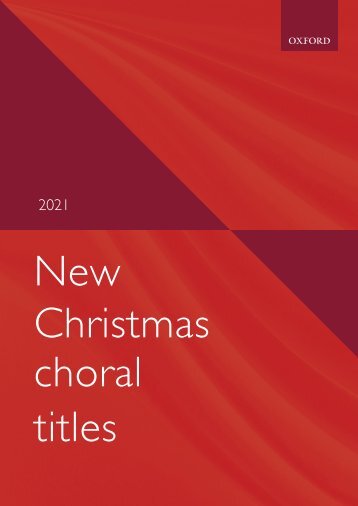
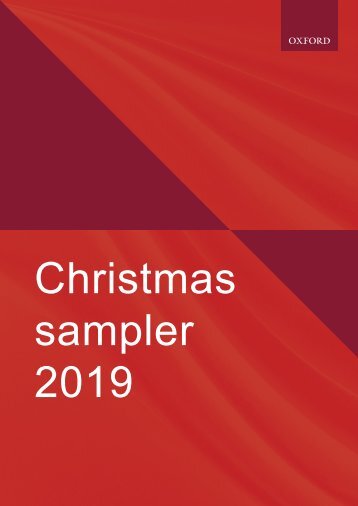
Facebook
Twitter
Email